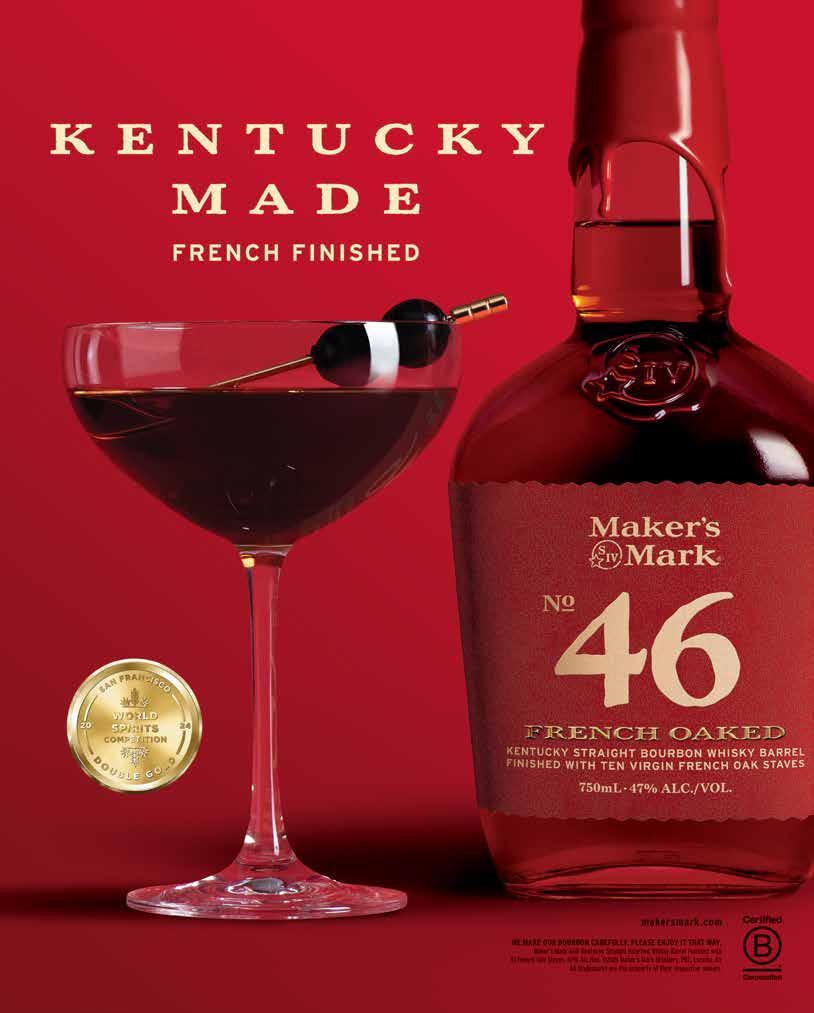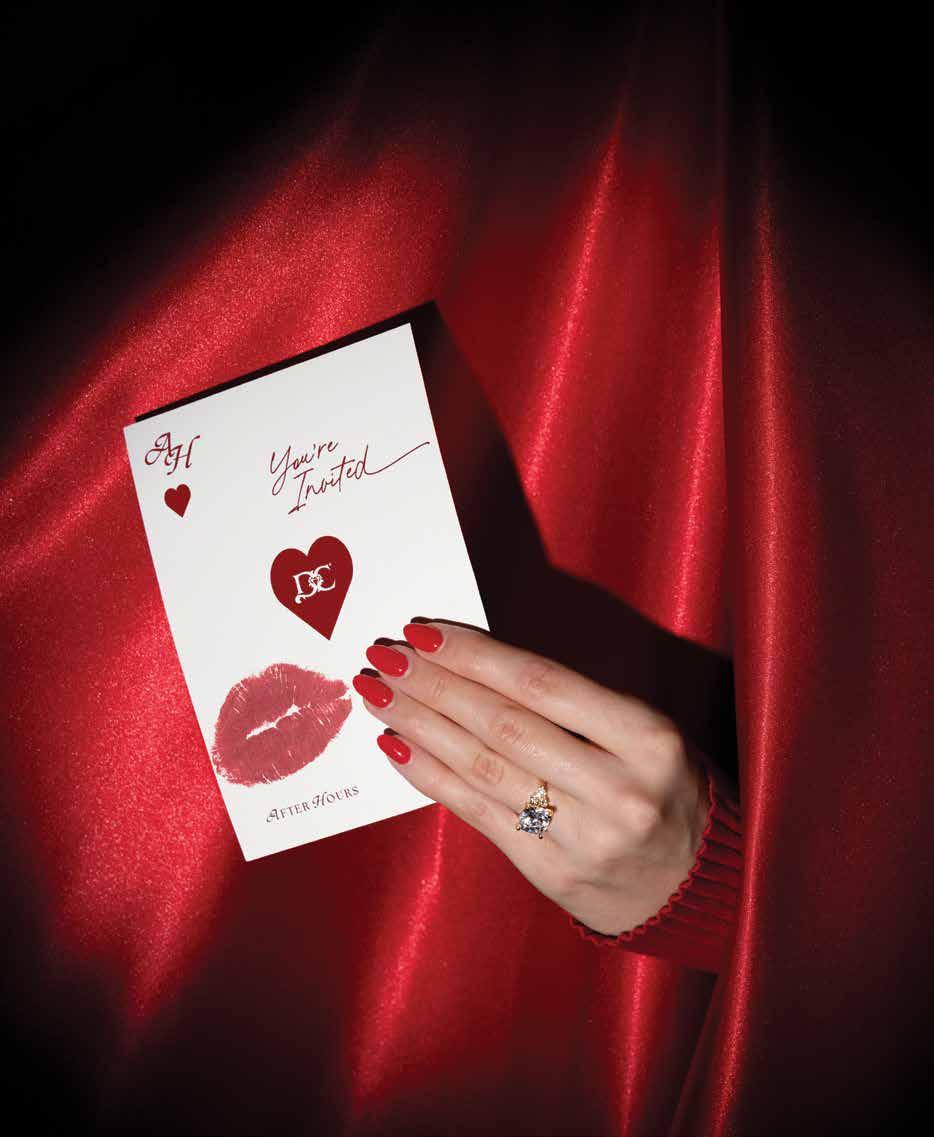

































































JACK MCLAUGHLIN Editor-In-Chief
I promise I’m not a serial killer (although this is probably something every serial killer would tell you). That being said, I do fall asleep to “Dateline” or “Forensic FIles,” nearly every night.
My obsession with true crime is something I wrestle with on a regular basis. My sleeping habits aside, the question I always ask myself is:
Why do we find stories about murder so compelling?
The other, more-nebulous question, which is probably more important one, is this:
What are the ethics behind true crime media?
After giving these both a lot of thought—probably close to two decades worth of it—I think that the answer to the first question is the easier one.
As humans, we’re interested in the aberrant, the unusual, all the stuff at the edges, however dark or unsettling it may be. What I mean by this is, as a person who cannot begin to fathom the act of taking another human being’s life, the psychology behind the person who is able to do this—and in some cases, revels in it— is riveting.
In many examples, the more extreme a case is, the more interest there is around it.
But maybe interest isn’t even the right word. In the most extreme cases, the worst of the worst, sadistic serial killer cases, what often occurs is a kind of fandom, or following, for the criminal.
In the 80s, during the trial of Richard Ramirez— also known as the Night Stalker—groups of people who were deeply attracted to the man, a man who was convicted in the deaths of a dozen people, flocked to the courtroom, with some even attending the trial in person.
This is an extreme example, and other pathologies were probably at play here as well, but I vividly remember once being asked by a fellow true crime enthusiast:
Who’s your favorite serial killer?
Obviously, the operative word here is “favorite,” and if you couldn’t already tell, this brings us to question number two.
Unfortunately, the line between interest and adoration is slim, and in true crime, like anything else, we’re attracted most to what interests us the most. In this case, what interests us most also happens to be the motivations of terrible people.
The innate pitfall of the genre is the way killers can so easily be lionized. Not only is the act of doing this categorically a very bad thing, the effect it could have on surviving family members of victims is even worse.
This being said, the thought of victims’ stories not being told because their killers might stand in the spotlight for a bit doesn’t feel just, nor does it feel practical. The stories behind true crimes are difficult, but important for multiple reasons.
So, what do we do? We keep the stories alive, but do so carefully. We respect victims as much as possible, and don’t glamorize criminals. It’s a fine line, but it’s achievable, and it’s important.
Our cover section dives into five Columbus-area true crime cases from the past. We hope you’ll find these interesting, and that you tread carefully. You might even learn something, too.


Maybe you find yourself thinking about Jack the Ripper, or the The JonBenét Ramsey case. Well, you’re not alone – cold case files are definitely the talk of the office over here at (614) Magazine. So we had to ask our staff: which unsolved mystery keeps you up at night?
Ever since I listened to the Serial podcast a decade ago, I can't stop thinking about the Adnan Syed and Hae Min Lee Case. I still browse through Reddit threads dedicated to the case when I'm bored sometimes.
— Sav McKee, Assistant Editor
Mine is Brandon Swanson! He drove his car into a ditch and called his parents to pick him up, but they couldn’t locate him where he said he was. While still on the phone, he suddenly says, “Oh shit” and goes silent. He’s not been heard from since…
— Victoria Smith, Creative Designer
D.B. Cooper.
— Bryce Patterson, Creative Designer
Mine is easy: the Zodiac Killer.
— Jack McLaughlin, Editor-in-Chief
The Illuminati’s existence in the modern world, the Knight's Templar, and if the Ancient Egyptians actually built the pyramids themselves.
— Wyatt Krupp, Account Executive
A mystery I check up on a lot would be deciphering the Voynich Manuscript. I wanna know what secrets it’s keeping.
— Atlas Biro, Creative Designer
Do you check your news and entertainment updates on 614now.com? You should. Every day we’re posting Columbuss top news, entertainment, and sports stories from throughout central Ohio. Check out all the Columbus news online, including the new ones below at 614now.com and subscribe to our daily email!


→ Experience Fall Fun at
Dress up your pup in their spookiest costume and join the parade around Tanger Outlets! Also enjoy food trucks, a DJ, and great deals while you shop. This event is benefitting the Humane Society of Delaware County. Winners of the contest will receive $100 gift card and goodie bag!

→ Owners of Seventh Son, Antiques on High launching new pizza concept
The popular Brewery District hangout Antiques on High (AoH) is getting a brandnew pizza concept. The Pizza Box, which will operate as a food trailer, will open for the first time at AoH in mid to late-October.

→ Ohio 8 year-old steals her mom’s car, drives 11 miles to Target
What’s wrong with a little retail therapy? Typically nothing, but if you’re an 8-old girl who just stole your mom’s car to drive more than 10 miles to shop at Target, there may be a few issues with that.

@wherethefuckshouldieat

@thatsandwichdude

@worthingtontavern

@lagomfloralgallery
Did you know that (614) has a YouTube channel with some very shareable video content? It’s true. Keep an eye out for more on our (614) Columbus account and on social media. In the meantime, scan the QR code to check out our newest videos.

• When Pastries Attack!
The theme: crazy pastries. The results?
Well…Let’s just say some combinations really work, and some…don’t.

• Tacos by the Dozen and FREE Kids Meals!
Treat your whole family to authentic Mexican cuisine! All year long, kids 12 and under eat free every Tuesday at El Vaquero.

• An All American Diner with a Delicious "Secret"
The All American Jenny's Diner sports a not-so-secret menu full of mouthwatering, delicious food.

• Tasting Columbus: Jalisco Mexican Ice Cream
Featuring dozens of flavors and an array of frozen treats, you don't want to miss this!





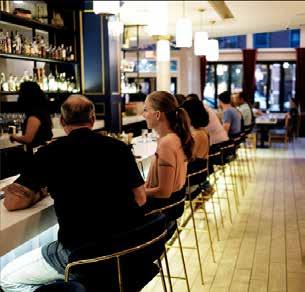

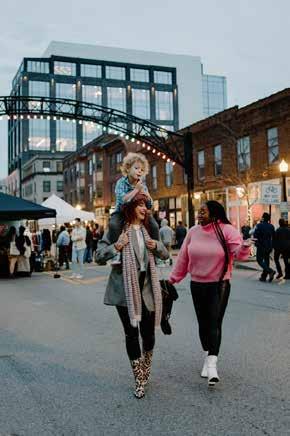





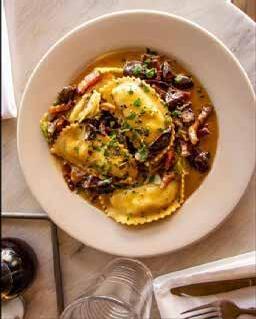


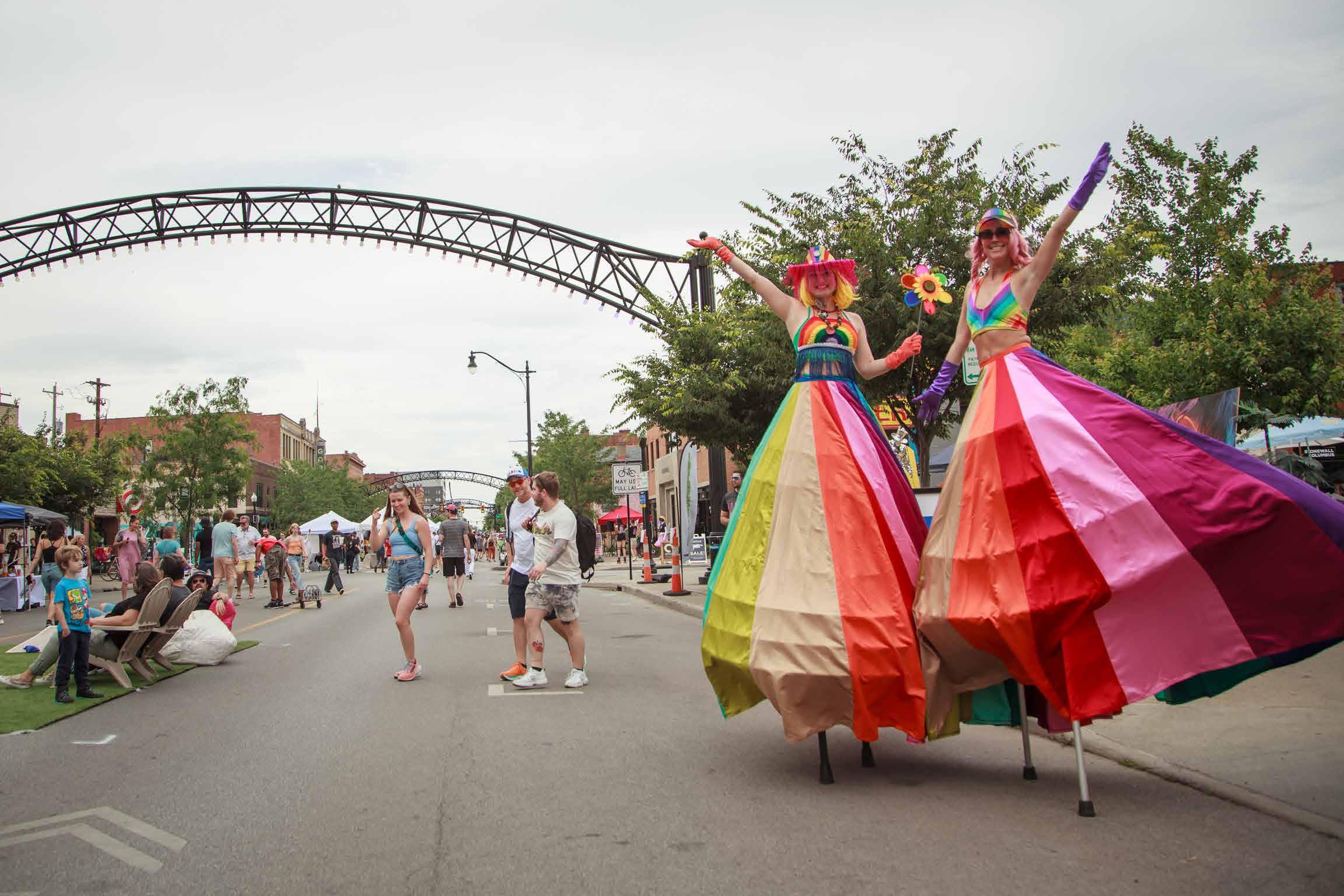

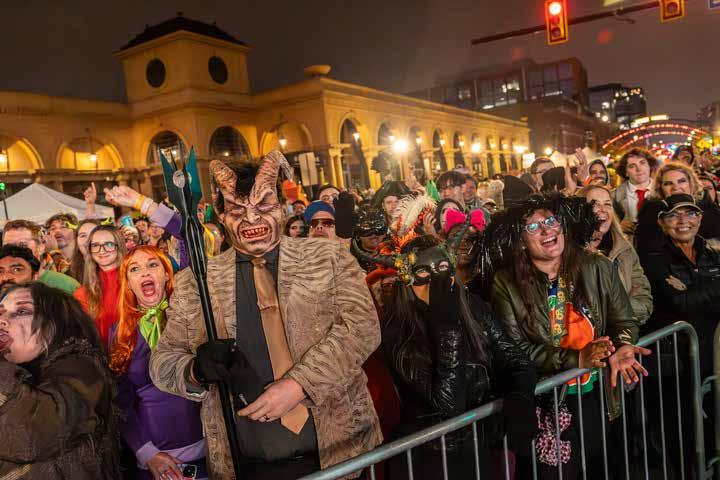
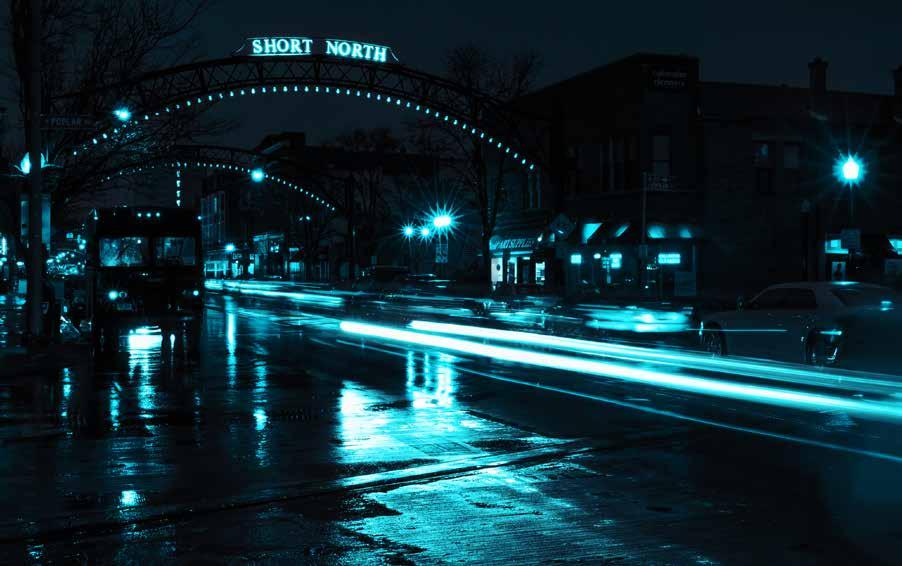
From Char Bar hauntings to spirits taking the stage, we explore a collection of spectral stories from one of the city’s most vibrant neighborhoods
By
When you think of Columbus' Short North District, you probably picture colorful art galleries, trendy boutiques, and bustling restaurants. But did you know there’s also a hidden side filled with hauntings and urban legends?
Let’s take a tour of this part of our beloved city, after dark.
Read on … if you dare. →

Char Bar is a popular “haunt” for a drink or two.
Did you know it was built near a graveyard that was relocated to Green Lawn Cemetery? The basement of Char Bar was once a funeral parlor. Bartenders and staff often share stories of strange occurrences.
One bartender told a chilling tale from one Christmas Eve. After placing a padlock and a remote on the bar, he found them missing moments later… only to discover they had mysteriously returned to their original spots.
Perhaps the most famous ghostly occurrence involves an antique piano in the basement. Plenty of patrons have reported seeing it move away from the wall, even when no one is around.
Maybe you’ve seen it or know someone who has.
The Short North Stage: Creepy Cameos
The Short North Stage is not only a renowned venue for local theater but also a hub of spectral manifestations.
Located on High Street, this theater has its own resident spirits. Actors and staff frequently recount spine-chilling experiences, claiming to hear unexplained noises during rehearsals and feeling an inexplicable sense of being watched.
And not the good kind of being watched, like an enthralled audience of theater-goers.
One of the more common experiences
involves strange sounds coming from the backstage area, even when no one is around (well, no living human beings…).
Some actors have reported feeling cold spots, which are often associated with paranormal activity, adding to the venue's eerie atmosphere. The notion that past performers might still be trying to perfect their craft makes the Short North Stage a captivating spot for both theater enthusiasts and those intrigued by the supernatural.
A Netherworld at North Market?
People have been coming to the North Market to grab fresh produce and tasty eats for decades. However, some folks say the spirits of past vendors and customers are still hanging around. Why?
Well, back in 1813, The North Graveyard was situated between Spruce, Wall, Front, and High Street. Guess what? That spot is right where The North Market is today.
When the market is quiet, you might hear some strange footsteps or feel a sudden chill in the air, as if a ghost just can’t resist checking out what you’ve decided to get.
Visitors have reported all sorts of weird happenings—like shadows moving when no one’s there and random objects shifting on their own. A man dressed in early 1800s attire has occasionally been spotted in the fog near the North Market, which now occupies the site of a former graveyard.
When approached, he disappears into the mist. He could be John Kerr, the second mayor of Columbus, or perhaps Jarvis Pike, the city’s first mayor, whose grave was also lost.
And he isn’t the only one dressed from the era roaming around. Check out the North Market, and maybe … just maybe … you’ll get to meet some.
Urban legends about unsolved murders in the Short North add an eerie footnote to the neighborhood's history.
Pay attention, and you’ll hear residents and visitors whisper about the spirits of victims haunting the area, particularly in alleys and near popular bars.
One notable incident was the death of Gregory Coleman Jr. in 2022, outside the now-closed Julep bar. This violent altercation, in which Coleman was attacked by two security guards, ultimately led to his death after being left unconscious in the street. Some locals believe his restless spirit haunts the area, adding to the eerie atmosphere surrounding Julep’s now-former location.
There are others, and while specific incidents may be difficult to verify, these legends are abundant enough to cement the Short North’s status as a place where the boundaries between life and death aren’t always so solid.
The Short North is a beloved and vital part of the Capital City. The spooky part of its personality only adds to its charm and overall allure. These stories, while eerie in their own right, are ultimately harmless but endlessly captivating for those who love the world of the unknown.
Whether you’re wandering through its artsy streets or stopping in at a local haunt, keep an ear out for whispers of the past and an eye out for those elusive shadows. The next time you find yourself in the Short North, you might just encounter a ghostly tale or two—after all, every vibrant neighborhood has its secrets. ♦


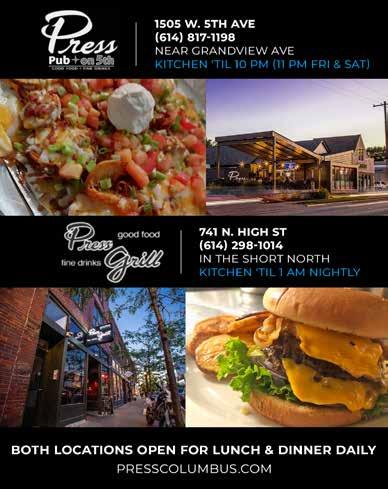

The story of Hoster Brewing Co., an 188 year-old Columbus brewery that’s been given new life on the city’s East Side
By Kyrie Thomas Photos by Jordan Posner Story Design by Bryce Patterson
“Rebirth and revitalization.”
According to current owner Daniel Meyers, those are two words that stand at the core of Hoster Brewing Company.
The brewery began in 1836, originally named after its owner, Louis Hoster—a German citizen who immigrated to the United States three years prior.
Over the decades, the brewery faced its fair share of ups and downs, from gaining popularity throughout the East Coast, to halting operations during the prohibition era, to restarting in the late 80s at the beginning of the craft brewing revolution.
That last iteration of Hoster, which was located in Downtown Columbus, aimed to rebuild the brand to the height it had seen from its original creation, but shuttered in 2004.
“When they closed they were just too good – it was an iconic brand,” Meyers, who took over the brand rights to Hoster Brewing, said. “We just thought that the beer was way too good to not be available, so we made arrangements and we acquired the rights to brew and distribute Gold Top.”
Initially without a space of their own, Meyers’ iteration of Hoster contract-brewed with local beer-makers, but the rise in popularity of craft beer led to limited space for other breweries to accommodate them. This change forced Hoster to take matters into their own hands.
Meyers acquired the naming rights and began to revive one of the city’s most historic breweries, paying special attention to perfect the recipe of its flagship Hoster Gold Top, a crisp and easy-drinking Dortmunder lager.
“I do a lot of research on generally what each beer style is meant to be and what it was historically to find out what the foundation is that I’m trying to develop a new recipe on,” Victor Aume, Hoster’s brewmaster explained. “It took a lot of time and rounds of test brews to get to the product we have now.” →
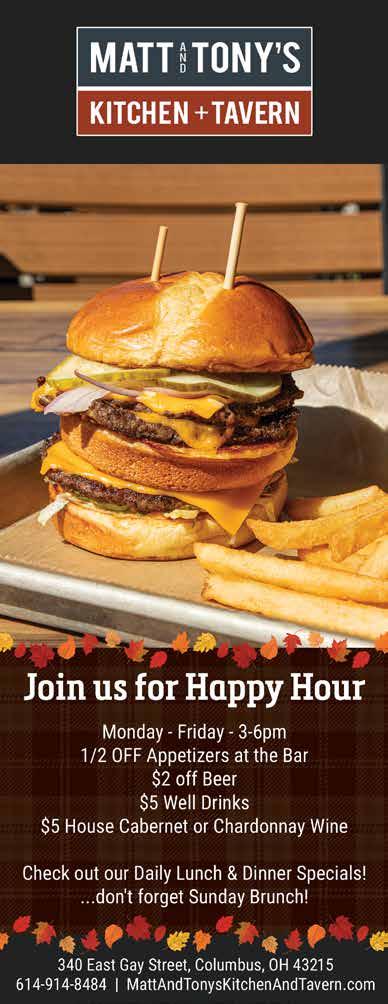
After years of planning, the brewery announced the opening of a new taproom, unveiled in April of this year.
Meyers described the taproom as “old school”, sourcing wall decor from an old Ruby Tuesday’s on the East Coast, a 1940s slate bar from a small hotel in upper New York, and an original, 1950s Seeburg jukebox.
The taproom also features free popcorn and pretzels as a tribute to vintage VFW and American Legion clubs Meyers would visit with his dad as a kid.
“My dad would bring me with him once in a while to get me out of the house because I was a pain and my mom needed a break,” Meyers laughed. “The bartender would give me a job, which was cleaning the ash tray or sweeping the popcorn off the floor, and the guys – the war vets – would give me a nickel for a tip.”
His experience at these clubs – combined with the rich history Hoster holds – is what he wanted to replicate for the Columbus community.
“What I noticed is there was a camaraderie of just the people that were there. They all knew each other, they were regulars, and we wanted to recreate that kind of place that would have that type of a vibe,” Meyers said.
Located on N. James Rd., the taproom is only a five minute drive from the downtown area, but their “tucked away” nature can lead to a lack of foot traffic.
“You just kind of hope people enjoy it and get the word–of–mouth out there,” Aume said. “The best advertising is having your friend tell you ‘Hey, go check this beer out.’ So, we’ve put a lot of effort in to make every beer we serve the best we possibly know how.”
While Hoster will always welcome newcomers, their long-standing history in Columbus and as a classic, craft beer brand lends to an already solidified fan-base.
“It’s at once terrifying and exhilarating to be handed a classic Columbus brand and product and say ‘Here, make it.’ There’s still some things to figure out along the way, nobody knows what the old, old original recipes were, so everything’s always a little bit open to interpretation and development,” Aume shared.
Allowing the surrounding community to taste the classic beers Hoster has to offer, not only within the walls of their taproom, but at a range of places across the city is a sentiment both Meyers and Aume said they hope will keep the brewery’s legacy growing.
“It's a labor of love,” Meyer said fondly. “You know, I guess we’ve been handed this piece of history, and someone had it before us and – God willing – someone has it after us, and that they’ll love the brand as much as we do.” ♦
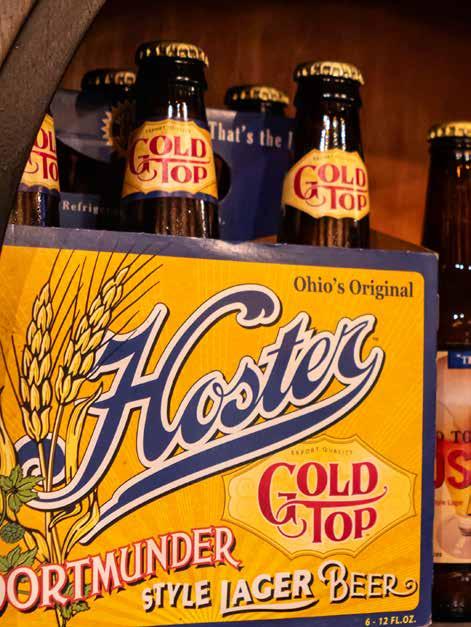


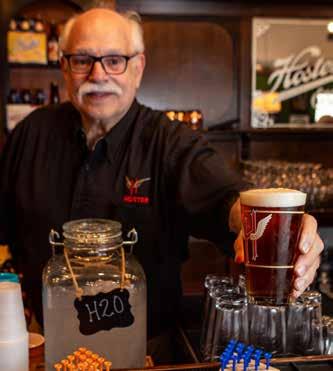








a wildly-popular
By Alex Lewis
Through TikTok, it has become easier for old things to become young again. Take, for example, past music releases, such as Kate Bush’s 1985 hit “Running Up That Hill (A Deal With God),” which has found a new audience among younger generations. With the help from the app, the song became #1 on music charts in eight different countries, and it was never that popular when it first debuted almost 40 years ago.
When food content creator Rob Martinez (@eatingwithrobert) reached out to Stephen Yee and his twin sister Lucy, who own and operate the local restaurant Ding Ho, about filming a video on Columbus’ oldest Chinese restaurant for social media,
Yee did not expect the same virality as the Kate Bush song for their West Side establishment. But Yee’s 16-year-old son felt differently.
“It’s gonna blow up,” Stephen’s son told him. And to the tune of over 958,000 TikTok views and counting, Martinez’s video certainly did. With an influx of new visitors, Ding Ho had to temporarily adjust its hours to meet the sudden demand of egg rolls and Wor Sue Gai, two of the menu items that were featured in-depth in the viral video. While longtime customers were used to the restaurant closing at 9 p.m., it has now begun to shut down operations two hours earlier, so the team can focus on prep work.


“We close down at 7 p.m., and the work crew stays for two-to-three more hours cooking the chicken, and we gotta cook the cabbage to make the egg rolls,” said Yee.
While the restaurant hopes to return to normal operations soon, Ding Ho has had to pause online deliveries, and sometimes even unplug the phone for carryout orders, so the staff can prioritize the rush of dine-in customers.
When asked why he believed Martinez’s video went viral, Yee didn’t mention the restaurant’s famous egg rolls or Wor Sue Gai, a chicken dish that Ding Ho and East Side eatery Wings both take credit for inventing in the '50s. Rather, Yee figured the excitement for the TikTok had something to do with the portrayal of multiple generations working at the establishment.
In the video, Yee introduces viewers to his 90-year-old father Peter, who still works at Ding Ho seven days a week. Peter is the son of Clifford, who founded the restaurant in 1956 with Frank Yee (no relation). Clifford and Frank passed down Ding Ho to their sons, Bill (Frank’s son) and Peter. →




When Peter experienced health issues in 2003, he asked Stephen, his oldest son, to help carry on the family legacy—and Stephen took on that responsibility with his sister Lucy, although he noted his other sisters and younger brother are just as capable as he is to help take over.
The Ding Ho co-owner does not take his father’s presence at the restaurant for granted. Yee asked, “In what scenario do you get to go in every morning and say good morning to your father in-person and work together?”
Stephen believes his dad continues to come to work because it gives him “a sense of purpose and feeling wanted.” Yee shared that his father comes in every morning and begins prepping food or washing pots and pans. “Rain or shine, he shows up,” said Yee. “The only time I don't see him is when I'm on vacation. I kind of feel guilty. I’m going on vacation; my father’s going to work.”
They show up early and stay late, so we all get through this together... My sister is coming in; my niece is coming in. Everybody is putting in extra hours seven days a week to get through this hump.

But Ding Ho has needed all hands on deck to adequately welcome its new patrons. As Yee explained, due to the viral video, about 80% of the restaurant’s customers are looking to eat inside, and they are primarily first-timers. However, he believes Ding Ho has been able to manage because of its crew. “They show up early and stay late, so we all get through this together,” explained Yee. “My sister is coming in; my niece is coming in. Everybody is putting in extra hours seven days a week to get through this hump.”
While the boost in business has forced Ding Ho’s team to work differently, Yee looks forward to the restaurant’s newcomers hopefully becoming similar to the generations of customers who have returned to the establishment repeatedly throughout its nearly seven decades of service.



“People I've seen in high chairs now have grandkids, and it's amazing how many people know each other,” said Yee. “You know so many people by name through the generations. You see all these people grow up, and they see me grow up. They see my kid. My son is working here now part-time. They all feel a sense of community. It’s a bonding thing.”
Even beyond the connection Yee looks to build with new customers, he cherishes what he and his family are able to pass down to younger generations. “There’s a sense of accomplishment when you work with your family and teach your kids right and wrong,” shared Yee.
“To see customers coming in, bringing their kids, their grandkids, multiple generations, even babies in strollers, all of these are new Ding Ho customers,” he said. “That’s the fifth generation coming in. It’s gratifying knowing that we’re going to eventually know that little child’s name. I love it.” ♦




but Columbus’ newest restaurant is f*$%ing cool
By

id you feel cool dining there?”
That’s probably not the usual question you’re asked when you tell someone you had reservations the night before at the hot new restaurant in town. But Chouette might just make that question more relevant.
However, the first key to feeling cool at Chouette is probably knowing how to say its name. This French-inspired restaurant, which opened Downtown mid-August at 66 N. High St. courtesy of Makeready Restaurant Group, is pronounced ‘shwet,’ a nod to the French slang for “cool.” And that’s precisely how you’re meant to feel here.
In fact, its coolness is what inspired the entire menu. Marbled tables and chic bistro chairs grace the patio overlooking the intersection of Gay & High, while inside, you’re greeted by a mosaic tile floor, dark, sultry bar, and moody, dimmed lighting. The menu somehow perfectly echoes the sophisticated atmosphere. “When I design the menu [for restaurants], I sit in the room where the menu will be enjoyed,” remarked Chouette’s culinary director, Chef Jacques Sorci. “You couldn’t enjoy this French menu as well as you could if you are not sitting or dining in a place that’s authentic. When you walk in Chouette though, you feel like you’re in France.”
Although the food is authentically French – and decadent – as ever, that’s only part of the allure. “Of course, the food is important, but there are so many other components that are, in my opinion, just as important,” Chef Sorci noted. “Every detail –everything that you look at just takes you to France. It’s pretty special. It’s pretty unique. It’s pretty amazing,” he emphasized.
Another way to lean into your coolest self here? Eat. The. Bread. “Every French dining experience starts with bread,” laughed Chef Sorci. “But no one serves bread anymore.” And really, many people aren’t eating bread these days in general, even when it’s free. It would be a sin to skip out on the fresh baguettes and soft, creamy butter served tableside with your drinks though. “We put great efforts in the delivery of a true bread experience…I’m pleased to say we’re reversing the trend and perception of bread. People are finally enjoying bread again,” he said.
Chef Sorci’s not only making bread cool again, but escargot, too. Despite its reputation as just an 80s relic, escargot’s resurgence in popularity at Chouette even took Chef Sorci by surprise. He wasn’t expecting Columbus folks to warm up to the land snails cooked in a rich garlic butter with parsley and lemon as much as they did. Which says a lot – he’s seen everything as a distinguished Maitre Cuisinier de France with over 30 years in French dining. The French-born chef has had extensive experience in 5-star and Michelin star-rated luxury hotels and restaurants across the globe. →


“Everything is house-made, like it’s supposed to be made, and you can tell.”
During my own dining experience in fact, I realized I was quite literally the only person in my area that didn’t order the escargot – which brings me to another obvious component of being cool here: order the escargot as your appetizer.
Instead, I chose the Gougères and the Salade Lyonnaise to enjoy with my Laurier Martini. The little gruyère cheese puffs and the Dijon vinaigrette doused on the greens were the perfect pair for my cocktail, which was infused with bay leaf, saline, and olive.
At first glance, I was a little intimidated by the menu, which features French entrèes in their traditional French names (with my phone hidden under the table, I Googled what Grenobloise and Boudin meant). The knowledgeable server (who definitely saw me Googling said words) guided me to the Bouillabaisse Marseillaise, an authentic pot of lobster, bass, and shrimp, all smothered in a saffron rouille – something that I’d have to otherwise fly across the Atlantic to order. I also enjoyed the Moules Frites, featuring New England mussels simmered in Sauvignon Blanc and Persillades, which is a French parsley sauce. The frites (French fries) had the perfect crisp exterior, firm enough for me to dip in the side of Potato Purèe I couldn’t resist adding to my order at the last minute (hey, when in France!), and I told Chef Sorci that I found myself dipping my French fry/potato purèe combination in the softened butter that came with my bread, then washing it all down with a glass of equally buttery Chardonnay. “Probably not very French of me,” I joked. “Or is it?!” He laughed, and his pride in the menu he designed with passion and love was evident when he reminded me that, “Everything is house-made, like it’s supposed to be made, and you can tell.”
I absolutely could.
You can probably guess what my final tip for feeling truly cool at Chouette would be: indulge without restraint. Life is too short not to savor every moment. (Or, in my case, every ounce of butter.)
“Chouette’s not ‘French-like’ – it’s French,” emphasized Chef Sorci. “You can walk into any bistro or brasserie in Paris and what you find here is exactly that.”
With my after-dinner glass of fernet and a plate of housemade petite madeleines for dessert, accompanied by the live accordion music serenading the entire restaurant, and the lively chatter of patrons sharing bottles of Les Équilibristes at the bar, I knew what he meant. If I closed my eyes, took a sip and a bite, I was, indeed, in Paris. But even cooler – I was just around the corner from home.



Book your own night out in Paris at www.chouetterestaurant.com.
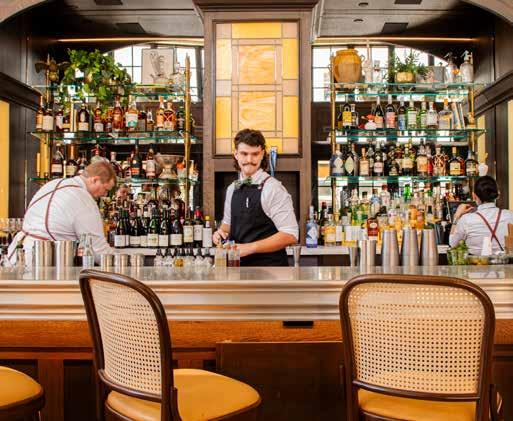

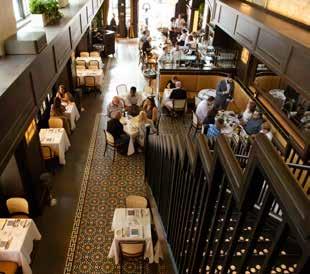




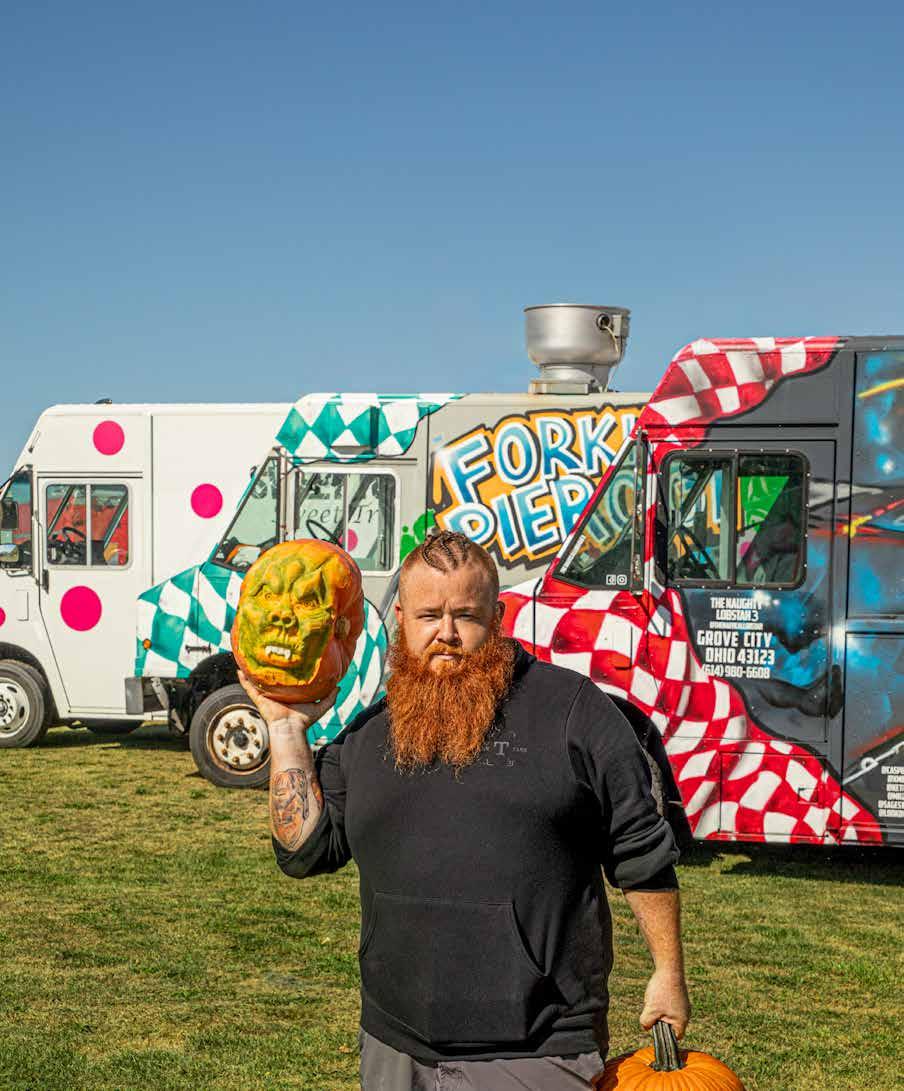
From running lobster food trucks to professional pumpkin carving, Columbus’ Brian Edwards is stepping into the Food Network spotlight this Halloween season

Brian Edwards has gone by “Tator” since the third grade. Even his mother calls him by the childhood nickname. Edwards is now a parent himself, who was in the middle of assembling a complicated playset for his kids when I called him. With an apple cider in hand, and business partner Tyler Armentrout by his side, he was thriving in complete chaos. For him, it was just another day juggling things he loves.
You may recognize Edwards from a few different places. Perhaps you have tried one of his seven food trucks around town, co-owned by Glynis and Tyler Armentrout, offering everything from seafood to pierogies. Or, you may have seen him on your T.V. screen, carving up pumpkins while competing for a prize on a top cable network.
If this is your first introduction, get ready. Soon, you’ll be watching him go head-to-head with former Food Network
cast members on a thrilling “All-Star” season of Outrageous Pumpkins
Edwards, a former Marine, completed culinary training at the South-Western Career Academy before beginning his food sculpting journey in culinary school.
After walking into a classroom where students were learning to carve a beet into a rose, the instructor quickly told him he couldn’t just stand around chatting. So, he grabbed a knife and got to work. Edwards caught onto the skill quickly, and was competing months later, becoming a collegiate level champion fruit sculptor. It was at that competition that he was introduced to one of the judges, an ice sculpting National Champion.
“I told him I wanted to learn more about carving, and how to carve ice,” Edwards Explained. I became his apprentice, and a National Ice Sculpture Champion myself. I learned how to carve pumpkins from him, because that was a part of his business.” →
I told him I wanted to learn more about carving, and how to carve ice. I became his apprentice, and a National Ice Sculpture Champion myself.

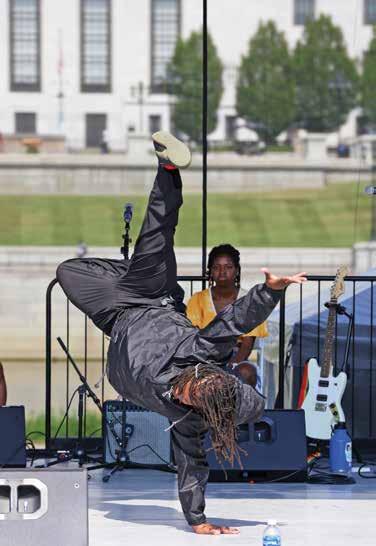

Edwards went on to meet Armentrout at Aramark food and facilities service, where they worked as corporate executive chefs. A shared love of cooking quickly spun into an idea of starting a food business for themselves. When they came across a new type of dessert machine they had never seen before, they knew if they could get that equipment on a truck, then they could change the way desserts were served forever. From there, the Sweet Tooth Ice Cream Truck was born, followed by the instantly beloved Naughty Lobstah. As the years progressed, so has the variety of food trucks, and Edwards’ journey as an artist.
As the years progressed, so has the variety of food trucks, and Edwards' journey as an artist.

For almost a decade, Edwards and Armentrout have been carving at the World Ice Championships in Alaska, and Edwards has appeared on multiple Food Network shows carving up the competition with intricate pumpkin designs. Recently, he appeared on the Disney+ show Foodtastic, hosted by Emmy Award® winner Keke Palmer. The Food Network was even close to giving Edwards his own show. →

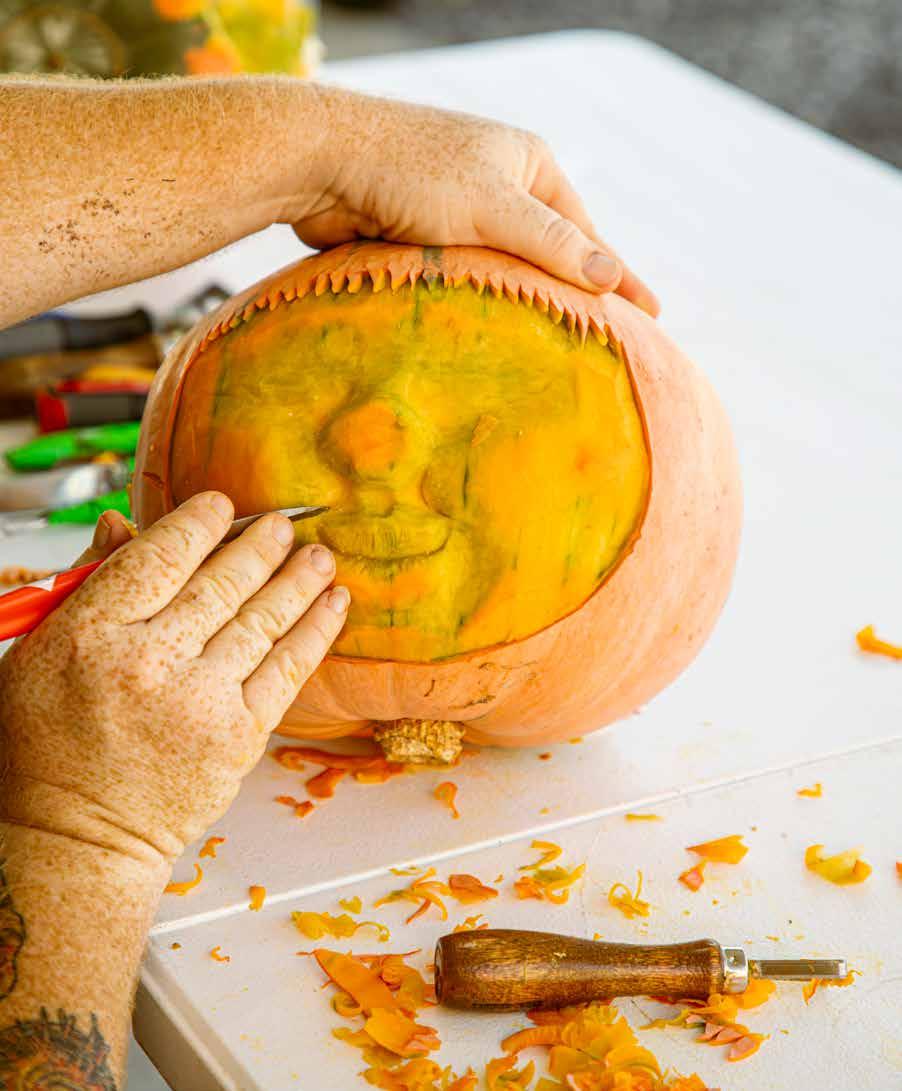
“At the last minute, the network said there wasn’t enough food in it. Just pumpkin carving. So they canceled it as I was about to fly out to shoot,” Edwards explained. “But I went on to do Halloween Wars, season 9, and became a finalist on that show.”
When Edwards isn’t competing in pumpkin carving competitions, he is busy operating his food trucks, including The Naughty Lobstah, Sweet Tooth Ice Cream, The Forking Pierogi, and The Poke Project. We talked about how managing a thriving food truck business with a carving schedule in the fall months comes with challenges.
“It’s very tough. In the beginning, it was harder to take time off the trucks and go carve,” Edwards said. “But nowadays with the staff we have built and the great team around us, it allows me to take off the month of October to do live shows.”
This October, Edwards is planning to hit the road and carve at several live competitions around Ohio. “I can break away and do all the sculptures I need in the fall. In the winter, when I go to carve ice, we actually shut the food trucks down from the end of December until early March.”
Whether Edwards is carving in front of a live audience, behind a camera, or serving up delicious local food, there are many skills that benefit being both a pumpkin carver and a professional chef.
“The key element that crosses between being a pumpkin sculptor and the food trucks is reading a crowd. Like being able to talk to people and really see them,” Edwards said.
Edwards continued, “I am used to carving pumpkins, ice, wood, or even chocolate – all in front of a crowd. We are people-people. Tyler and I are artists, and the people are what we like about both sculpting and the food business. It’s the entertainment factor, and the awareness of your surroundings.”
I asked Edwards what his most recent experience was like being back at the Food Network, competing with familiar faces for a whole new season of Outrageous Pumpkins
He laughed and said, “Wild. Insane. Crazy. And unforgettable. The amount of talent we packed into the show is beyond amazing. It was crazy because as AllStars, we have been on the show, and worked together in some aspects before. So, we were competing against some of our best friends. It was outstanding. Intense. And outrageous.” ♦



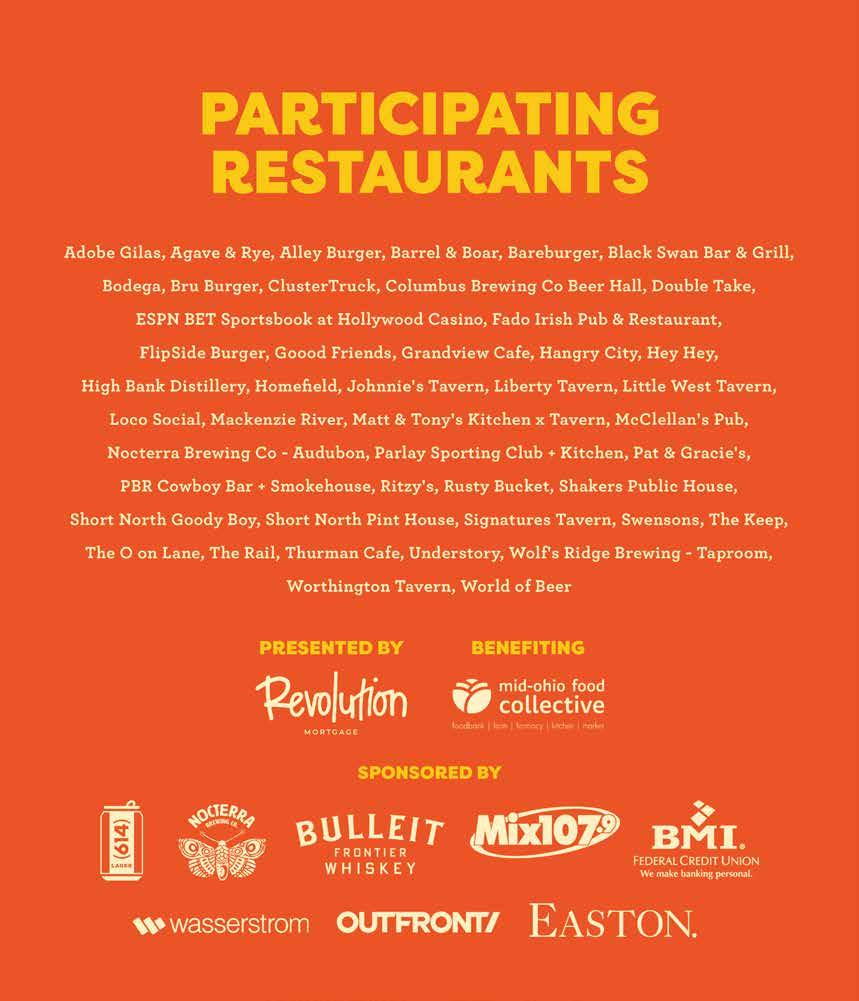





Amysterious letter-writer, an “angel of death” medical intern and a deadly arsonist. These are just some of the stories featured in the cover package of our October issue, which focuses on true crime throughout central Ohio. While many of these cases have been solved, questions remain for some, and in others, possible killers have never been apprehended. If you’re ready for a walk on the dark side, Columbus, here it is. Proceed with caution. →

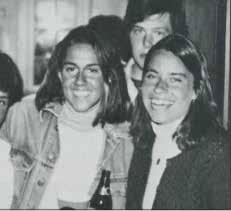


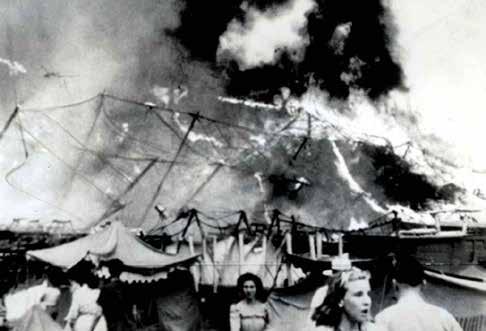

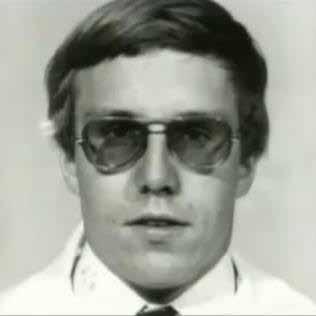


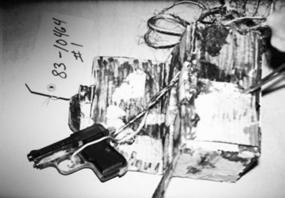
Who set the trap?


Arson Interviewee



It started almost 50 years ago with the delivery of a single, anonymous, threatening letter.
Today, many Circleville residents still have questions about who wrote it and the many others that followed…along with questions about a fatal highway accident, a booby-trapped road sign, the conviction and imprisonment of a noted citizen, and the apparent suicide of his grown son.
This collection of horrifying events that occurred over a span of more than two decades came to be identified with a person who signed hundreds of personal notes as the “Letter Writer.” It’s a case that’s not likely to be completely understood—or forgotten—for a very long time.
On March 17, 1977, school bus driver Mary Gillespie opened her mailbox and retrieved a letter that sent chills down her spine. In large, distinctive block letters, it read, “Stay away from Massie. Don’t lie when questioned about meeting him. I know where you live. I’ve been observing your house and know you have children. This is no joke. Please take it seriously.” “Massie” was an apparent reference to the school's superintendent Gordon Massie.
More letters followed. Some showed up in the mailboxes of elected officials, newspapers and many private citizens. The writer threatened to expose cases of domestic violence, embezzlement, even murder. Some were addressed to Mary Gillespie’s husband, Ron.



Hundreds of anonymous letters terrorized a central Ohio family for years, and today, this famous case still lacks a definitive conclusion



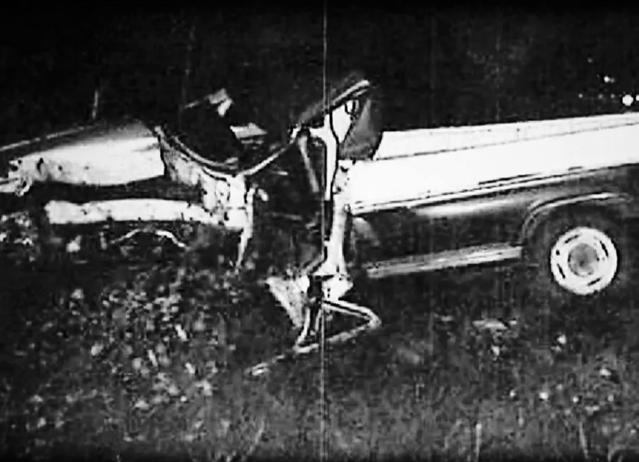






Five months after the arrival of that first letter, Mary left her family at home for a Florida vacation with her sister-in-law. One evening, while they were gone, Ron received a call. Furious, he slammed the receiver down and told his daughter he was going to confront the letter writer. He picked up his gun, went to his pick-up and drove off. Not long afterward, he was found dead behind the wheel of his truck. Authorities blamed excessive speed for causing Ron to run off the road and strike a tree.
Following Ron’s fatal accident, his brother-inlaw, Paul Freshour, spoke up to say he believed Ron had been murdered. Police had found Ron’s pistol in the wreckage, under his body. Curiously, it had been fired once. And though he was known to be no more than a light drinker, Ron’s blood contained twice the legal amount of alcohol.
Townspeople who were already on edge because of the incidents became even more frightened when the letters continued. For her part, Mary was unwavering in her insistence that she and Gordon Massie had never had an affair. However, they began seeing each other after Ron’s death; and the letters grew even more vicious: “Everyone knows what you have done. If you don’t believe us, just make them mad and find out for yourself.” →

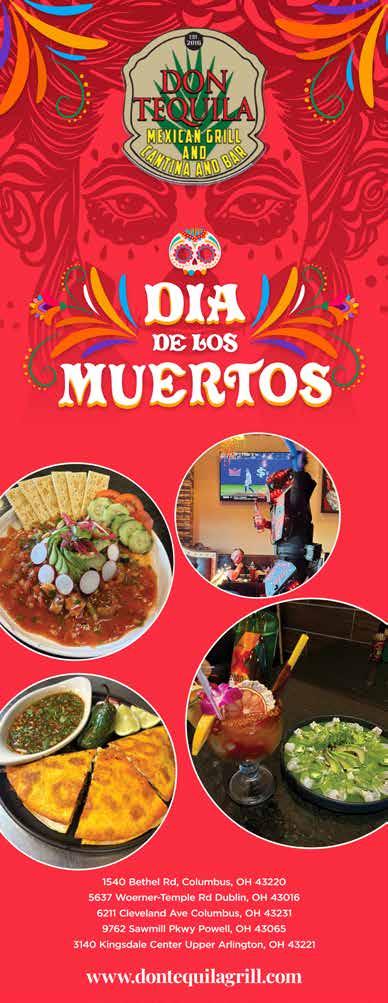



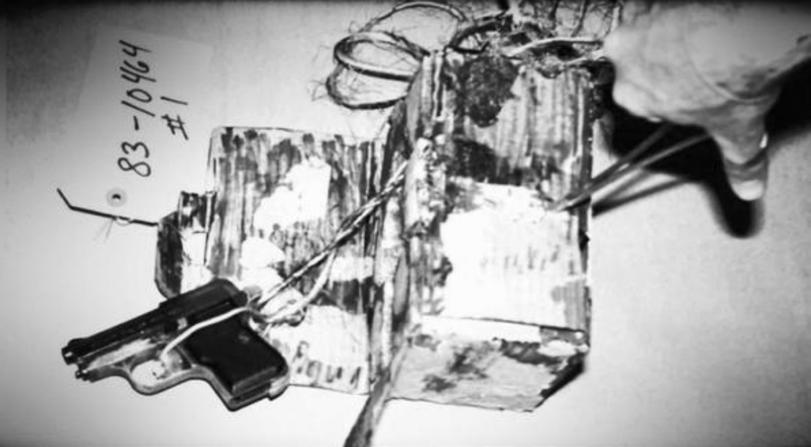
One day, following six years of threats, Mary was driving her empty school bus. To the side of the road, she spotted on a fence a handmade sign that contained obscene threats about her 13-year-old daughter. She pulled off the road, walked over to the sign and found that it was tied with twine to a small box.
Mary carefully removed the contraption and took it to the sheriff’s office. The box was found to contain a pistol set to go off if someone had tugged at the sign. Upon further investigation, it was determined the gun belonged to Paul Freshour, the man who had raised questions about Ron Gillespie’s death. Freshour’s wife, Karen, was Ron’s sister.
For his part, Paul Freshour admitted to authorities the gun in the booby trap box was his but said it had been stolen weeks earlier. He even gave them samples of his handwriting and implored them to investigate further. Still, the man who had never been in trouble with the law, the man who seemed to have a fairly solid alibi for the time of the sign rigging, was charged with attempted murder. With only circumstantial evidence against him, a jury in October 1983 found him guilty. Freshour would spend the next 10 years behind bars.

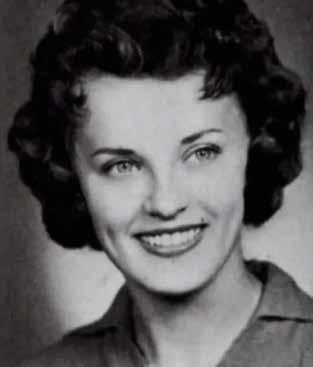
What was even more shocking was that the letters continued even after Freshour went to prison— despite the close monitoring of his own incoming and outgoing mail. As an inmate, he wasn’t even allowed pens or paper. And even he received a letter stating, “Freshour: Now when are you going to believe you aren’t getting out of there. I told you two years ago when we set 'em up they stay set up.”



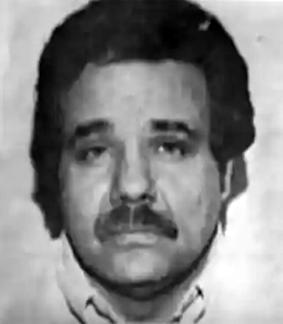

“...The letters continued even after Freshour went to prison—despite the close monitoring of his own incoming and outgoing mail”


The letters finally stopped in 1994, soon after Freshour was released from prison. But then, another twist in the decades-long case presented itself. During Paul and Karen Sue’s divorce, their grown son Mark had been pressured to take sides. He chose his mother. Freshour told close friends he had begun to think his own son might have stolen his pistol. But to protect Mark, his father never said a word to the authorities.
In the early morning hours of September 11, 2002, a man’s body was found floating in the Scioto River in Portsmouth. The 39-year-old man had shot himself. He was identified as Mark Freshour.
Ten years later, Paul Freshour, still grieving over his son, still questioning the events of the past 25 years and still fighting the allegations against him, died at the age of 70.
In the years since the letters were sent, since the signs, the trial, the deaths, many armchair detectives have raised interesting questions that the initial investigation perhaps failed to answer.
Why had Paul’s gun, found at the scene of his fatal wreck, apparently been fired? Were some of the letters actually written in at least two different styles, as some have stated? Who else may have written them? How did letters continue to be sent after Paul went to prison? And what about a mysterious man with an El Camino who had been seen at the intersection where Mary found the booby-trapped sign? Some say he resembled Karen Freshour’s boyfriend, whose relative owned an El Camino like the one spotted by the fence.
With Ron and Paul both dead and a small town citizenry trying to look past their collective pain and angst of the 1970s and ‘80s, the true story of the Circleville Letter Writer may never be written. ♦




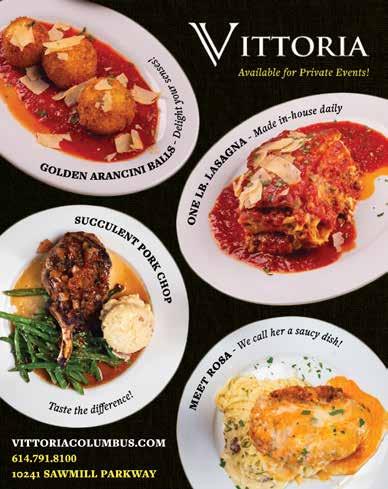



“Double-O Swango—Licensed to Kill.”
Serial killer Michael Swango earned the prescient nickname while a medical student at Southern Illinois University in Springfield. Five of his patients died under mysterious circumstances, and classmates had taken notice. But it would be another year, while an intern at Ohio State University, that the young man with a preoccupation for control and manipulation began to arouse suspicions among those he worked for.
Retired Doctor Michael Para of Columbus remembers Swango as “cocky and abrasive beyond his years.” Para was an assistant OSU professor in 1984, specializing in infectious diseases. His first encounter with Swango occurred while conducting hospital rounds with a group of interns. “I walked into this patient’s room,” he said, “and this young guy in a brand-new lab coat says very gruffly, ‘I’m going to see your patient.’ It was obvious he was new to OSU. Turns out he was an intern, too. He was there for a surgical consult. But he talked to me like I was a medical student.”
Swango’s patient assessment did little to bolster Para’s confidence in him. “What he was suggesting for the patient didn’t exactly make sense to me,” he said. “I decided right then I couldn’t trust him as far as I could throw him. And I remember thinking, ‘What the eff do you know?’”
It turns out that Swango actually knew quite a bit and would learn even more—about killing patients, poisoning co-workers and forging documents, that is. He would use these skills over the next several years to kill indiscriminately, then lie and cover his tracks, always staying one step ahead of the law.

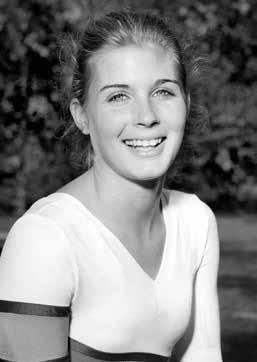
Cynthia McGee, one of Swango's victims


The story of former OSU medical intern Michael Swango, who is estimated to be involved in up to 60 different deadly poisonings—of patients and colleagues alike


Born in Tacoma, Washington, in 1954, Swango grew up in Quincy, Illinois, about two hours north of St. Louis. He graduated at the top of his high school class, spent several years in the Marines, returned to Quincy in 1980 for his college education and then enrolled in medical school. It was here that he started exhibiting the troubling behavior that would follow him wherever he went.
Though he was exceptionally bright, Swango preferred working as an ambulance attendant to concentrating on his classroom work. Co-workers began to notice that when Swango was on duty, more patients suffered life-threatening emergencies, and several of them died. Just a month shy of graduation, teachers also discovered he had been faking patient examinations during his OB/GYN rotation. Swango was reprimanded, but was allowed to re-take certain courses, and he graduated in 1983—a year after the rest of his class.






“It was obvious he was new to OSU...I couldn't trust him as far as I could throw him”



Then, Swango managed to snag an internship at OSU, to be followed by a residency in neurosurgery. He never made it that far. Wherever Swango happened to be during his shifts at Rhodes Hall, death seemed to follow him. At least five patients died while under his watch. One nurse reported seeing him inject a patient with an unknown liquid, and many others became suspicious of him.
According to Para, “I saw him berate nurses on several occasions, yelling at them and saying things like, ‘You don’t know what you’re talking about.’”
It was later revealed that hospital officials feared being sued if they had dismissed Swango without cause. Instead, they waited until his internship ended, and then let him go prior to his planned residency. He left Ohio and continued down a murderous road that would take him to several states and at least two foreign countries.
Next, Swango returned to Quincy to work for the county’s ambulance service, where he often brought donuts to his co-workers and brewed their coffee and tea. It wasn’t long, though, before many of the workers began falling ill. When authorities discovered Swango had been poisoning them with arsenic, he was tried and sentenced to five years in prison.
Upon his release from prison in 1989, Swango began a procession of short-lived jobs and relationships—most of which carried with them suspicious poisonings and deaths.


Next, he changed his name and forged documents in order to gain employment at a hospital in South Dakota. This included falsifying a fact sheet from the Ohio Department of Corrections, changing his felony poisoning conviction to one for a misdemeanor fistfight. But when he tried to join the American Medical Association, a more-thorough background check revealed his true identity, as well as the poisoning conviction, and Swango had to flee again. Authorities lost track of him for a while, as he schemed to enter a psychiatric residency program at a hospital in New York State. There, he was appointed to a nearby Veterans Hospital, where, again, his patients began to mysteriously die.
This latest chapter in Swango’s crime spree drew the interest of the FBI; and soon, Swango moved to southern Africa, for medical care jobs in Zimbabwe and Namibia. Deaths and illnesses occurred there, too, including a woman in Zimbabwe from whom Swango rented a room. When she became sick, an examination of her hair revealed arsenic poisoning. She survived.


Feeling that the authorities were closing in on him, Swango left Africa in June 1997 for still another new job—this one in Saudi Arabia. But before this next assignment could begin, he made what was supposed to be a short trip back to the United States. Here, his luck finally ran out. Having been tipped to his flight schedule, agents with Immigration and Naturalization Service were waiting for him in Chicago. Suddenly, Swango’s world came crashing down around him, as he was formally implicated in more than a dozen deaths and attempted murders.
Per a please deal, he confessed to his involvement in three New York murders and one in Columbus. Prosecutors here had revisited the Cynthia McGee death at OSU, and Swango admitted in a Franklin County courtroom to killing her with an injection of potassium.
Today, Swango is 69 years old and serving three consecutive life sentences with no chance of parole at the nation’s only “supermax” prison, in Colorado. Those who have studied his case say he may have been responsible for up to 60 murders and an unknown number of additional poisonings over his 14 years of “caring” for patients. He is considered one of the most prolific serial killers the country has ever known. ♦




It was 1947, and the town of Circleville, 30 miles south of Columbus, was being plagued by “nuisance” fires in alleys. Nothing serious. No injuries. Property damage at a minimum. But the frequent calls were keeping firefighters and other authorities from doing more important work.
Three years later, state arson authorities thought they had made a break in the case when they arrested two men for setting two other fires—one at a Circleville grain elevator and another that destroyed a stock barn and dozens of cattle.
Upon questioning in 1950, the pair readily admitted to setting the recent barn and elevator blazes. But when asked about the earlier ones, suspect William E. Graham dropped a bombshell: “Aw, you got to talk to my friend Bob Segee about them. He’s set lots of fires. He set that big circus fire in the East.” The investigator knew exactly what Graham was referring to, and he was shocked by the implications.
On the afternoon of July 6, 1944, fire raced through the enormous “big top” tent of the Ringling Bros. and Barnum & Bailey Circus in Hartford, Connecticut. In less than 10 minutes, the flames, fueled by a mixture of paraffin and gasoline used to keep the canvas roof waterproof, fell on a crowd of perhaps 8,000 spectators clamoring to escape. At least 168 people died; more than 400 more were injured.
Responding to the public’s demand that someone— anyone—be held accountable, a court convicted a halfdozen circus executives on various charges of wrongdoing. Ringling Brothers agreed to pay five million dollars to the victims and their families (about $88 million in 2024 dollars). And the circus wouldn’t visit Hartford again until 1975—and never again under a “big top.” Though some had suspected arson, the official ruling was “accidental.” If only they had known then about Robert Dale “Bob” Segee.
Segee was born in 1929 in Dover, New Hampshire. The sickly child who was often abused by his father and taunted by schoolmates for being “dumb” and “dopey” was plagued by nightmares—so much so that he often feared going to sleep at night. By the age of 10, Segee, along with his parents and seven siblings, had moved to Portland, Maine. Still consumed by nightmares, the boy would later admit to setting numerous fires—sometimes while roaming the streets in the middle of a sleepless night.
A seven-year search for the person responsible for setting a circus show ablaze revealed a whole lot more


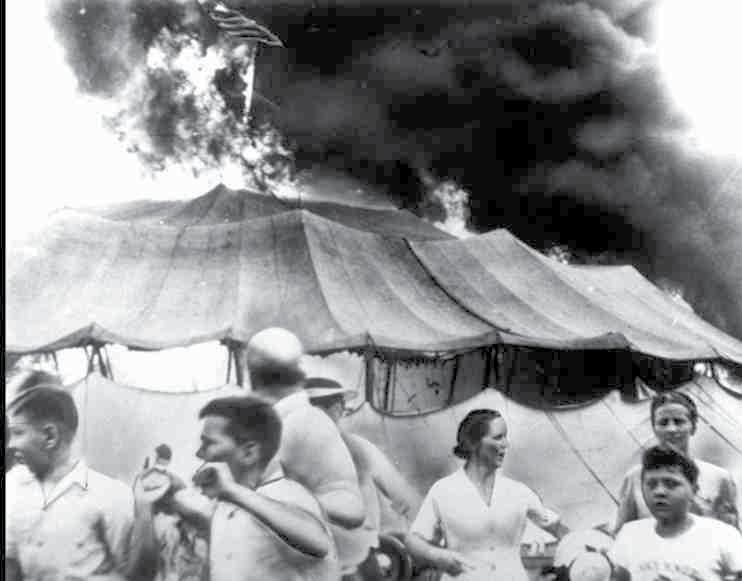






But the Hartford fire was likely his most consequential. It was a hot, muggy afternoon in 1944 when thousands filed into the enormous tent for an afternoon escape from the worries of World War II. Attention turned to the top of the performance space, almost 75 feet above the sawdust. From one end of the tent, a woman yelled, “Look! Fire!” It was a small flame in a side wall, and workers quickly attacked it with buckets of water. But it proved to be a stubborn blaze, and soon a column of fire was climbing toward the roof. As soon as it reached the paraffin and gasoline coating on top, it took only a couple of minutes for the entire tent— covering 74,000 square feet—to be consumed. Spectators who had remained seated, thinking the fire would be put out quickly, climbed and stumbled over each other to reach the exits. Many never had a chance. Three years later, the catastrophe was still fresh in Americans’ minds when Bob Segee’s name was mentioned in Circleville.






The Segee family had moved to central Ohio in 1946, settling first in Worthington, and then at two separate addresses in Columbus and—for a while, at least—in Circleville. Investigators raced to the Segee home, where a slightly confused Amy Segee, Bob’s mother, readily offered that the young man, now 21, was visiting a brother in East St. Louis, Illinois.
Authorities wasted no time bringing Bob Segee back to central Ohio in May 1950, where he faced questioning by state and local authorities. A judge in Circleville ordered that the man be sent to a state mental institution in Lima for a professional ruling as to his fitness to stand trial. Over the next several months, Segee confessed to the Circleville fires and the Hartford circus fire … along with several murders. Eventually, he was determined to be “sane,” and spent almost eight years in prison for the “nuisance” fires.
But the question on everyone’s mind, including Connecticut State Police, was, “What did Segee say about the Hartford fire?”
Surprisingly, Segee was eager to talk and just as willing to divulge details of a life during which, he said, he “never had one happy day.”
An investigator asked, “Are you satisfied in your own mind that you set the Hartford, Connecticut, circus fire?” “Yes,” Segee answered, “but I don’t remember how I set it. I could have set it any number of ways.”
As the questioning continued, Ohio Deputy Fire Investigator R. Russell Smith traveled to New Hampshire and Maine to run background checks. Smith found enough evidence in both states to conclude Segee was probably telling the truth about setting up to 68 fires near his homes there. He was also able to corroborate details about three unsolved murders, including those of two children, which Segee also confessed to.
Segee was paroled in 1958 and moved in with a married sister in Columbus. At this time, he began recanting his earlier confessions. “If you was hassled as much as I was,” he was quoted as saying, “you’d tell them anything to get them off your back.”

Connecticut authorities eventually traveled to Ohio and recorded an 84-minute interview with Segee. But the former inmate continued to maintain his innocence, saying he had been coerced into telling the stories he did. Without a confession, authorities believed they didn’t have enough evidence to charge Segee with the deadly circus fire. Besides, he was a juvenile at the time, and that would have greatly complicated any prosecution. Segee remained a free man.
Years later, Hartford Chief Fire Inspector Lieutenant Rick Davey reported on his private, seven-year search for the truth about the Hartford blaze. He determined that the circus fire was the result of arson and that Robert Dale Segee probably was responsible. In official documents, the cause of fire was changed from “accidental” to “suspicious.”
In 1973, 44-year-old Segee, a “day laborer,” married 58-year-old Audrey Wiles. As far as anyone knows, they lived a peaceful and private life in Columbus until Segee’s death on August 3rd, 1997. Audrey died 10 years later. And though most experts continue to believe Segee was solely responsible for the Hartford tragedy, there will always be a shadow of doubt among the relatives of the 600 men, women and children who perished or were injured in one of the deadliest and most horrific fires in U.S. history. ♦






Laura Carter


“At first, we thought it might have been a tire blowing out...then we saw the shattered glass and realized it was something much worse...”



“The worst part was the wait - waiting to see if our friend would be all right. After maybe an hour, a doctor came through the door and told us he was sorry, but there was nothing they could do to save her. And we just stared at each other in shock.”
Forty-two years later, the emotional pain of that moment is still evident in Tracy Stabler’s voice. Tracy was just 18 and riding in the same car when a stray bullet from a gang member’s gun shattered the rear passenger window and tore through the upper chest of fellow Denison University classmate Laura Carter.
April 17th, 1982, was the start of the annual Parents’ Weekend at Denison University, and the small village of Granville swelled with excited, outof-town parents. Among the visitors were Laura’s father, Dr. Edward C. Carter, a history professor at the University of Pennsylvania, and her stepmother.
The day began with Carter driving his wife and Laura two hours north for a lacrosse match against Oberlin College. There, Laura met friend Betsy Lippincott and her other teammates, who crushed the cross-state rivals 11-to-1. Betsy returned with the Carters to Granville, where they picked up two other students, Tracy Scott and Kim Frenzel, and headed to Columbus. The group was scheduled to meet Laura’s best friend, Paige McNinch, and others for dinner.
“Of course, Dr. Carter was driving,” said Tracy. “I sat between his wife and him in the front seat. Laura sat directly behind her father, with Kim next to her and Betsy next to the passenger door. Because of the game, we were running a little late.”
At 8:15 p.m., the car passed East High School on East Broad Street. “We just heard this explosion,” Tracy said. “At first, we thought it might have been a tire blowing out. But then we saw the shattered glass and realized it was something much worse. Laura was slumped forward, not making a sound.” The stray, 38-caliber bullet, fired from a gang member’s gun a block away, had passed just inches in front of Betsy and Kim before striking Laura.


According to Kim, Dr. Carter immediately pulled the car over. “I think it was a random person who stopped to help us. We followed them to the hospital, which was just a few blocks away (St. Anthony; now OSU East), and the police met us there a short time later.” Tracy added, “Dr. Carter carried Laura into the emergency room in his arms, and the rest of us followed. That’s when the wait began.” Paige eventually returned to campus and received the news in the middle of the night when a friend knocked on her dorm room door. It took little time for the shocking news to spread across campus.
Meg Filoon was another friend who had played Lacrosse with Laura on that fateful day. “I was with my father and a different group of friends that night,” she said. The next morning, Meg’s father ran into Laura’s father in the lobby of a hotel in nearby Newark. “My father was excited to see him, and he asked how everyone was doing,” she added. “Dr. Carter said, ‘Not so well. We lost our daughter last night.’”


“For the rest of his life,” Betsy said, “he blamed himself for Laura’s death. We were late for dinner, and he drove through a yellow light—something any one of us would have done. But he kept playing that scenario over and over in his head—‘If only I had stopped for the light, or if we had left Denison sooner, or if I had taken a different route’—everything.”



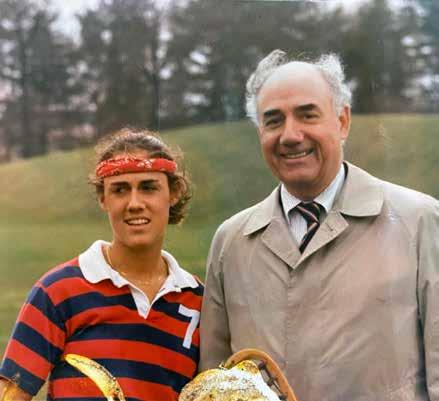


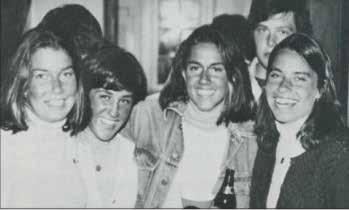





The police investigation into Laura Carter’s death was stymied from the start, with suspected drug dealers pointing their fingers at each other. On one side was the “visiting” team—street criminals who had recently moved here from Cleveland, hoping to claim a piece of Columbus’ lucrative drug trafficking business. On the other side was the “home” team, Columbus men who were defending their drug ring. The lies and misdirection kept police from untangling the full story for three years.
Four “home” team members were eventually tried—Gordon Newlin, his brother “Ricky” Newlin, James “Bubbles” Smith and their reputed ringleader, Norman Whiteside. Gordon Newlin, a local entrepreneur who owned the popular Gordy’s Lounge, was convicted in 1987 and sentenced to prison. He was eventually granted parole on April 17, 2012, the 30th anniversary of Laura’s death.


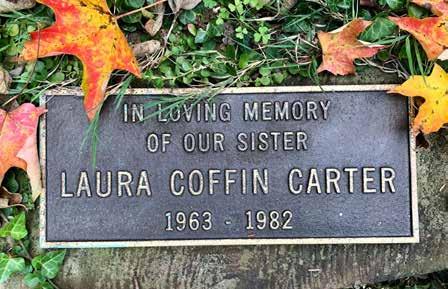


Surprisingly, Smith, who was believed to be the actual shooter, was acquitted. Whiteside continues to point his finger at Smith, as did others who were questioned. “When ‘Bubbles’ called me to say he had shot a rival gang member,” Whiteside remembered, “I said, ‘I don’t think so.’ I told him I had just seen a man on the news crying that his daughter had been shot to death on East Broad Street,” Whiteside said. “I knew exactly what had gone down.”
Whiteside, a forger who had helped “home” team members acquire guns, added, “Look, I have children of my own. I went to the police and told them what I knew. I was even able to get the murder weapon and give it to them.” Whiteside had enjoyed a friendly relationship with police and would sometimes slip them information about local crimes in return for his own protection. Detectives considered their conversation “confidential.” But four years later, a judge ruled otherwise, and Whiteside wound up spending 31 years behind bars—part of that time for an earlier forgery conviction.



But laugh; don’t cry
I know she’d want it that way.
—Christopher Cross, 1983




The fourth defendant, “Ricky” Newlin, fled Ohio and spent 10 years on the lam before being arrested in 1992 while attending an Alcoholics Anonymous meeting near Denver. He was given 14 years for his role.
Today, some may be surprised to learn that Laura was the subject of a Top 10 song from 1984. Paige, Laura’s best friend at Denison, had begun dating superstar singer-songwriter Christopher Cross. Through her, Cross came to know Laura, as well, and the two became fast friends.
“Not long after Laura died,” Paige said, “a friend and I flew to Reno, Nevada, where Christopher was to perform a concert. He took me aside and played ‘Think of Laura’ for me. It was so sweet and so touching.” The song was released as a single the next year and reached number nine on the record charts in early 1984.
The historic Kappa Alpha Theta house at Denison, to which Laura, Betsy and Kim belonged, faces Mulberry Street, near downtown Granville. Next to it is the site of a small spring that once supplied Granville’s drinking water. After Laura’s death, her sorority sisters took it upon themselves to restore the site and add a small plaque in her memory.
Paige remembers her friend as “an old soul— very smart, very funny and very well-liked. We knew each other for only about seven months. But I will always remember her as a very special person and a dear friend who was taken away so young. To me, she was an angel.” ♦




Nearly 40 years ago, a high- profile local attorney was killed amid IRS destroyedinvestigations, files, and stacks of cash







For Columbus attorney Arthur Shapiro, March 6th, 1985, ended almost as soon as it began. The 43-yearold partner in the well-known firm of Schwartz Shapiro Kelm & Warren was believed to be sharing a carryout breakfast with a man known only to him while parked at Wesley Chapel Cemetery on Dublin Road.
Just after 9:30, Shapiro jumped from the driver’s side door of his red BMW and began running. The man in the front passenger seat got out and chased him. Two shots rang out—one grazing Shapiro’s right hip, the other his upper right arm. The gunman caught up with Shapiro just as he reached the front door of a condominium on nearby Brookview Way. Two bullets to the head ended the attorney’s attempted escape, and he died where he fell.
The following morning, Shapiro’s car was found abandoned in the parking lot of Westland Mall. Police found one witness who had seen the chase and shooting; but all he could say for sure was that the assailant was dressed all in black, including a hat, and that he ran with a limp. According to police reports at the time, that’s all investigators ever knew for sure about the Shapiro killing.
But that doesn’t mean there were no suspects in the death of the prominent attorney who managed the legal account of The Limited, the fashion empire headed by billionaire Les Wexner. In fact, many fingers pointed to local accountant Berry L. Kessler. In the weeks and months leading up to his murder, Shapiro had been the subject of an IRS investigation for failing to file income tax returns—seven years in a row.




As it became known later, Shapiro had hired Kessler to help him hide his tax problems. Few believed it was a coincidence that Shapiro’s death occurred just one day before he was to have appeared before a grand jury looking into his tax questions—a session during which some say he might have been planning to give testimony damaging to others.
Two of Kessler’s employees told a local newspaper that on the day following the shooting, their boss appeared to be counting out a large sum of cash in his office and that shortly afterward, he was visited by a man matching the gunman’s identity. Some have said the scenario did not seem likely, given the professional nature of the killing. Others have noted that police didn’t even know of this alleged visit until years later.

Kessler was never charged in Shapiro’s death. But the following year, he and two others pleaded not guilty to helping the attorney hide his tax problems. All three received probation. In 1970, Kessler was implicated in the murders of a business partner and the partner’s fiancée. No one was ever charged. Then, in 1994, Kessler was tried and convicted of hiring a man to kill another business partner, along with an unsuccessful hit on a third. He would spend the rest of his life in prison.





Aside from the Kessler angle, much attention was devoted to the police department’s investigation of Shapiro’s murder. In early 1991, Elizabeth Leupp, an analyst with the Columbus Police Department’s Organized Crime Bureau, began an exhaustive search into possible connections between Shapiro’s death and organized crime. She finished her report that summer and turned it over to her superior.
After reading the file, Police Chief James G. Jackson ordered that it be destroyed. The chief defended his actions by saying the report contained “bizarre and half-baked theories” implicating well-known citizens. He said its release could have caused both embarrassment to them and billions of dollars in damages to the city. In response to his ordered destruction of a public file, Jackson was given a five-day suspension.
Then in 1998, seven years after its reported destruction, Leupp’s investigative file turned up by way of a public records request from Columbus attorney and independent journalist Bob Fitrakis. The release was later said to have been “accidental,” and Chief Jackson confirmed that he thought it had been destroyed.
Addressed to Curtis K. Marcum, commander of the Columbus Police Department’s Organized Crime Bureau, the introduction to Leupp’s eight-page report began: “Because of the strong similarities between this homicide and a Mafia ‘hit,’ (this analysis includes) an in-depth study of major (Mafia) groups having contact in/near the central Ohio area. These groups seem to include crime ‘families’ in Chicago, Detroit, Cleveland, Pittsburgh and, to some degree, the Genovese family in New York City.”
There is no indication that any of Leupp’s suggestions or findings were investigated. And to this date, almost 40 years after Arthur Shapiro’s murder, the case remains unsolved. ♦
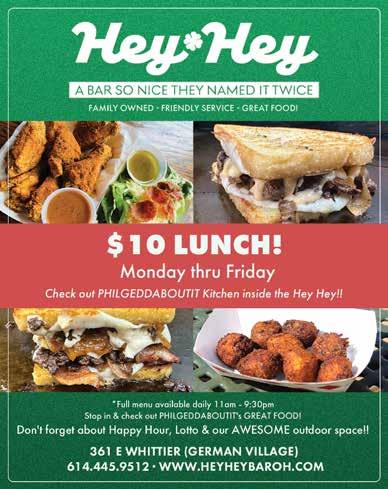







Columbus Children’s Theatre Takes on Next to Normal: A Bold and Necessary Move




When you think of a children’s theatre company, productions with bright colors, playful characters, and uplifting messages might come to mind. However, Columbus Children’s Theatre (CCT) is pushing the boundaries of expectation with their upcoming production of Next to Normal. This Tony and Pulitzer Prize-winning musical delves into themes of mental illness, family trauma, and emotional resilience. It’s a bold choice for a company known for entertaining young audiences, but it’s also an essential step in sparking important conversations that also resonate for teens and families far beyond the stage.
CCT isn’t a stranger to hard-hitting stories. Their past Professional Series productions, including Ragtime, have tackled complex social issues like racial inequality and immigration, proving that children’s theatre can offer more than just lighthearted entertainment. With Next to Normal, they continue this tradition of presenting challenging material, demonstrating that theatre is a space for all ages to explore and confront the complexities of life.
“Next to Normal is a natural evolution for us as a theatre company,” said Artistic Director Zac DelMonte. “Just as Ragtime allowed us to discuss historical injustices through a deeply emotional lens, Next to Normal invites our audience to engage with the realities of mental health struggles. Young people today are facing immense pressures, whether its the rise of anxiety or family challenges. This production helps
them see they aren’t alone and encourages conversations that need to happen. This story aligns with our mission to create theatre that not only entertains but also challenges and inspires.”
For Director David Glover, the decision to take on Next to Normal was about creating empathy and understanding, particularly in younger audiences. “It’s important to show that theatre isn’t just about escaping reality—it can help us better understand it. We want our audiences, especially teenagers and families, to see themselves in these characters, to understand that it’s okay to talk about mental health and that healing doesn’t always come in a straight line.”
By staging Next to Normal, CCT offers a space for dialogue around mental health, breaking down stigmas and encouraging openness. It’s a continuation of the company’s commitment to telling stories that matter, even when they’re difficult. This production highlights the impact of bipolar disorder and trauma, not only on the person struggling but also on their loved ones - a reality that many teens and families today are witnessing or experiencing firsthand.
DelMonte emphasized, “We don’t shy away from the hard conversations. Whether it’s racial injustice in Ragtime or mental illness in Next to Normal, our goal is to foster empathy and provoke thought. For young adults especially, who may feel isolated or unsure about their own mental health, seeing these struggles on

stage can be a powerful experience. Theatre is an effective tool for education and provides a way to process emotions in a meaningful and safe way.”
By pairing the powerful story of Next to Normal with partnerships from local mental health organizations, CCT is ensuring that their audience doesn’t leave the theatre without access to real-world resources. For Director Glover, this aspect is key: “We want our audience to feel supported after the show, to know that they’re not alone. We’re committed to creating a space for conversations that need to happen, both on and off the stage.”
CCT has once again proven that children’s theatre doesn’t have to shy away from tough subjects. With Next to Normal, they are continuing a legacy of producing shows like Ragtime that go beyond entertainment and challenge their audience to think, feel, and grow.
For more information on tickets, visit www.columbuschildrenstheatre.org.


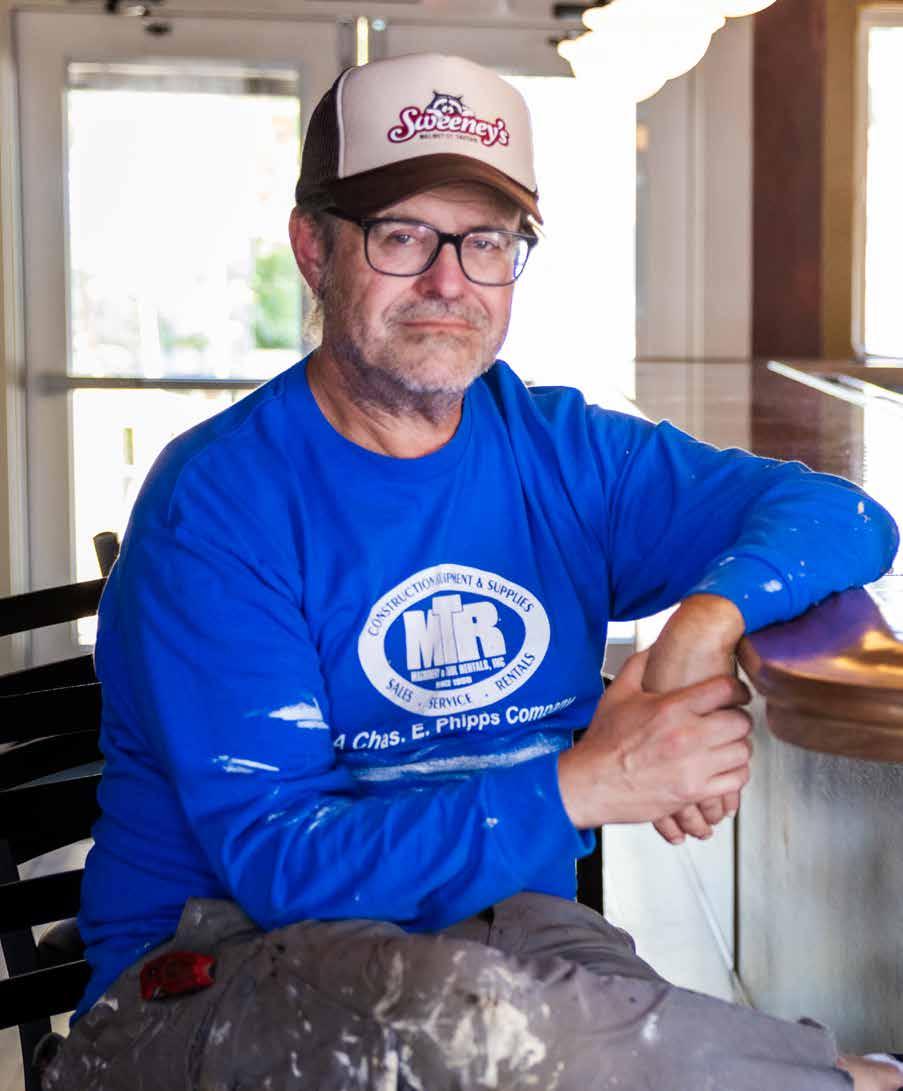
How Franklinton community leader Jim Sweeney transformed one of his homes into a chic new tavern space
Jim Sweeney believes in Franklinton and its renaissance. He has given it his heart and years of his life through public service. And now he’s offered up his house too, transforming it into a tavern that will be just one step into the area’s rebirth.
Sweeney’s Walnut Street Tavern, located at 500 W. Walnut Street, is sandwiched between a string of homes, several of which Sweeney himself has purchased. He even lives several doors down.
"I've been working in Franklinton for over 20 years, doing community development, particularly around affordable housing," Sweeney said.
He was previously the executive director of the Franklinton Development Association from 2002 to 2016, during which he contributed to various neighborhood revitalization efforts. And when the COVID-19 lockdowns hit, the idea for the tavern popped into his mind.
“IT HIT ME ONE NIGHT WHILE SLINGING BEERS TO MY FRIENDS IN MY KITCHEN. THAT'S WHEN THE IDEA FOR A BAR STARTED TO TAKE SHAPE.”
“I started thinking more about the neighborhood, especially its history and how to blend that into the future,” he said. “It hit me one night while slinging beers to friends in my kitchen. That’s when the idea for a bar started to take shape.”
After working through the necessary rezoning process at the beginning of this year, he got to work on the house’s transformation, with the tavern officially opening on August 29.
The idea of transforming an aging house into a modern bar was one thing. Making it happen was quite another.
The building code hurdles required a lot of legwork, as Sweeney had to strip the house down to the studs and bring everything up to modern standards. But his commitment to preserving the original character remained resolute.
“We rebuilt the siding with wood slats, just like the original,” he said. “It’s expensive, but it’s worth it for the authenticity.” →

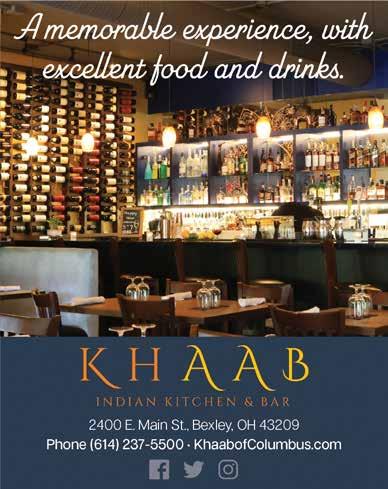
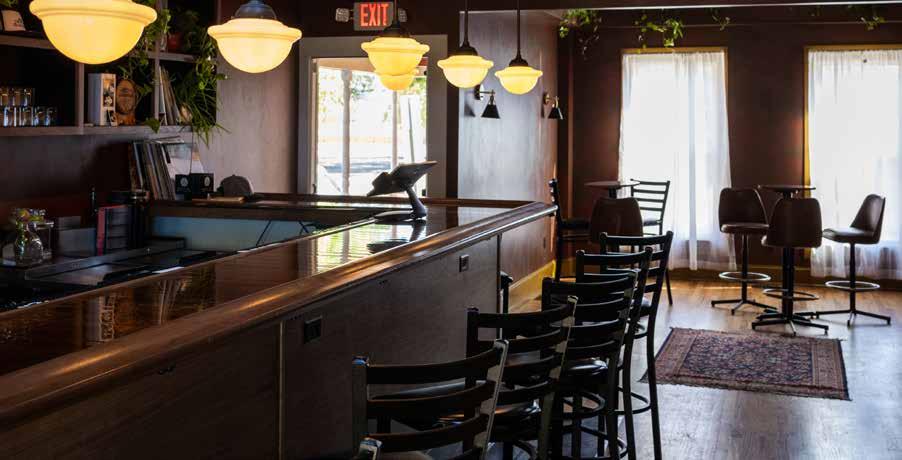
“FROM THE RESTORATION OF THE HOUSE TO THE LOCAL PRODUCTS WE SERVE, EVERYTHING TIES BACK TO THE PAST, PRESENT, AND FUTURE OF THIS COMMUNITY.”
Sweeney’s passion for the neighborhood is clear through every square inch of the tavern.
“I wanted to demonstrate that it could be done— redeveloping these old houses profitably and effectively,” he said.
Sweeney’s Walnut Street Tavern roots itself into Franklinton’s history. Once an industrial hub in the mid-20th century, the neighborhood’s past winks at patrons through every detail of the tavern—from the decor to the drink menu.
Stepping into the tavern is like walking through a time portal. There’s a clear 1950s vibe, down to the shelf of records behind the bar.
Justin Ryan, the tavern’s director of operations, said, “Franklinton was booming then, with so much industry going on. We wanted to bring back that energy and celebrate that era through our offerings.”
He called the tavern “a celebration of Franklinton.”
“From the restoration of the house to the local products we serve, everything ties back to the past, present, and future of this community,” he said.



Sweeney’s Walnut Street Tavern serves up more than just nostalgia.
The cocktail menu features Franklinton-inspired creations like the Gin Sweeney and Franklinton Mule, while beers such as Strohs and Old Style harken back to what was popular in the community’s heyday.
The Franklinton connection could even be considered an ingredient, as Sweeney uses local vendors One Line Coffee and Bee Collective Honey for the tavern’s offerings.
His efforts, alongside his neighbor and business partner Blake Compton, have only begun. Together, they’ve purchased several other properties along Walnut Street, working to redevelop a stretch of mostly vacant houses into a magnetic hub for community members to mingle and bring some energy back into the weathered area.
Sweeney and Ryan have enjoyed watching the reaction of the patrons pouring into the tavern.
“It’s been really fun watching people walk in, look around, and say, ‘This was a house?’” Ryan said. “It’s like a history lesson every day at the bar. Jim loves to come in, chat with customers, and share stories about the neighborhood.”
While the tavern currently focuses on drinks, with a menu of local craft beers and inventive cocktails, Sweeney says there’s much more to come. This includes a dedicated space that will be used for everything from musical and comedy acts to installation art pieces.
“It’s more of a social hall than a bar,” he said. “We want to create a space where everyone feels welcome, whether they’re here for a drink or just to hang out,” he explained. ♦







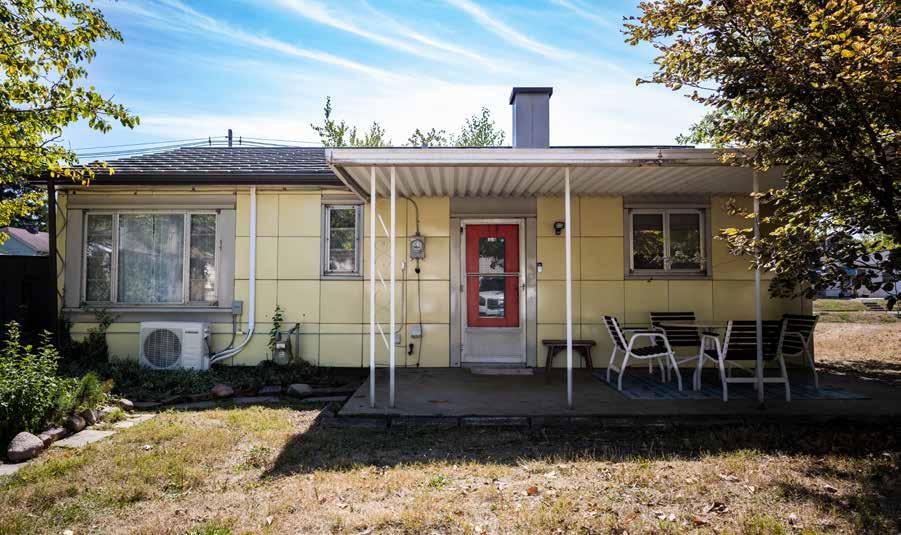
Lustron homeowners Chloe & Brody share the story of their historic, massproduced, steel structured house
F
or their first home, Chloe Emmons and Brody Roe made an unusual choice—a small, 75-year-old, mass-produced, all-steel structure whose 3,000plus parts were produced in a former World War II aircraft factory and delivered by flatbed truck to East Weber Street. There, upon a pre-poured concrete foundation, guided by a 500-page instruction manual, a handful of workers made the home movein ready in about three days.
“It’s just what we were looking for,” said Emmons. “Yes,” said Roe, “I think I was a little naïve about how much renovating it would take. But I’ve definitely fallen in love with it.”
Today, their all-metal house is one of about three-dozen Lustron homes left in central Ohio—a reminder of the post-war era when a building engineer named Carl Strandlund dreamed of making quality housing affordable for tens of thousands of returning GIs and their families.
His weren’t the first prefabricated houses to find their way into new, American subdivisions. Think Sears, Montgomery Ward and Aladdin for others. But Lustron-brand homes from Columbus were the first to be mass-produced—from top to bottom, inside and out—with porcelain-enameled steel—a material that had already been used successfully in early gas stations and a few White Castle restaurants. →
By John M.



The historic home is a big change for the couple, who had previously rented adjoining townhouse apartments across from Topiary Park, near Downtown Columbus. While there, the two became friends when Roe put on an impromptu magic show for his neighbor. Soon, more “magic” happened, and the couple began looking for a place to buy together.
“We were attracted to mid-century styles,” Emmons said. “Then, one day we came across an article about the old Lustron homes. We were just fascinated by them.” Roe added, “And then we found one that was for sale, here in town.” Aided by Roe’s mother, a real estate agent, the deal for the maize-yellow, 1,100-square-foot Westchester model was closed quickly.
Then came the project lists…and the work. The couple estimate their home is about 95% original—a remarkable feat, considering the many that have been altered over the years. A couple of pocket doors no longer work the way they did, and a previous owner had replaced the flooring. They plan to make it look as good as new.
Roe said he’s been surprised by how many internet forums there are for Lustron owners and aficionados. “Some Lustrons that weren’t in great shape have been disassembled for parts,” he said. And as Emmons mentioned, just about any part for the three models that were made (theirs was the most popular) can be 3D printed. “And followers on the internet are always happy to help each other,” she added.
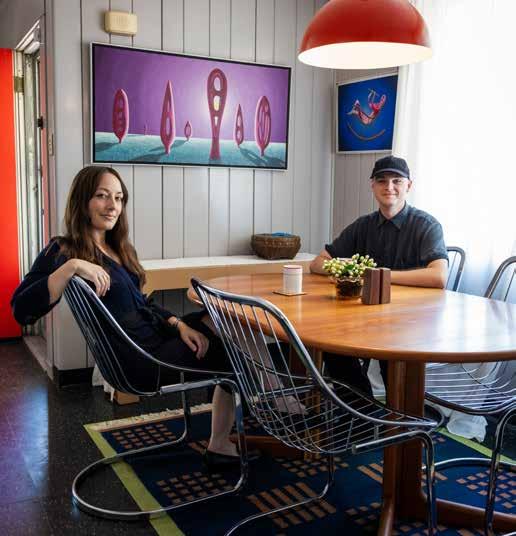

"We definitely love historic homes...we will always surround ourselves with history"
Strandlund started Lustron (derived from “luster on steel”) with a 13-million-dollar federal loan in 1947. By that time, Curtiss-Wright fighter planes were no longer being made at the company’s huge factory at Port Columbus Airport, and the government turned the surplus building over to him. Production of the homes ramped up quickly, taking advantage of the nation’s newfound surplus of steel.
But production fell far short of expectations. At most, only about 33 orders a day could be fulfilled. And home prices, which started at a reasonable $8,500 in 1948 rose to $10,500 just two years later. The price increase, coupled with production difficulties, eventually led to bankruptcy for the company in 1950. About 8,000 Lustron orders went unfilled. And Strandlund’s dream for a massproduced steel home that would “defy weather, wear and time” quickly faded.
Of the 2,500 Lustron homes that were built in 36 states, about 2,000 remain standing. And a whole new generation of fans, like Chloe Emmons and Brody Roe, have taken it upon themselves to preserve as many as they can. In a time when many property buyers are all too happy to tear down perfectly good homes and build “McMansions,” the sturdy, little 75-year-old Lustron homes stand strong.
Central Ohio is home to two restored Lustron homes that are open to the public. The Whitehall Historical Society operates its headquarters out of a 1949 model that was initially built in London, Ohio, and donated to the Society in 2003. Since 2013, the Ohio History Center has displayed a completely renovated and accessorized Lustron home, a portion of which was previously on view at the Museum of Modern Art in New York.
So, will the Lustron home on East Weber be Emmons’ and Roe’s “forever” home?
“Probably not,” said Emmons. “But we’ll be here for quite a while. And we certainly want to keep it after that…We definitely love historic homes; and I think we will always surround ourselves with history.” ♦
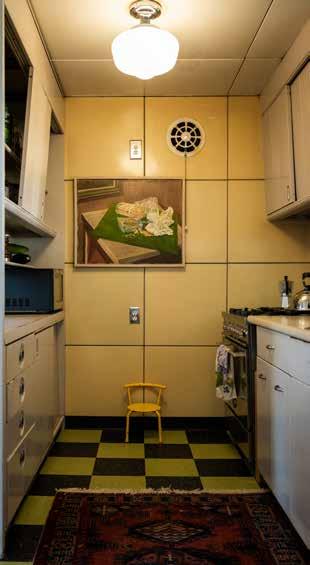

Photo by Courtney Wilder
Take a visual tour through all eight of BTTS Events’ premium Columbus-area venues
From Hilliard to central Columbus, from cozy waterfront to historically renovated downtown spaces, BTTS Events provides Columbus with a full slate of best-ofthe-best venues serving business functions, wedding receptions, and everything in between. What sets us apart is our truly all-inclusive packages, designed to make your event planning a stress-free experience.
BTTS stands for Bigger Than The Sky, a nod to our lofty standards for hosting Columbus' unforgettable events. And as a family-owned company, we deeply understand the importance that spaces—and service—play in our lives' most important moments.
At BTTS Events, we believe in giving back. When a couple books with us, they have the unique opportunity to choose a charity to receive a donation. Furthermore, we partner with Food Rescue Columbus to ensure that any leftover food and flowers from the event are put to good use.
The following pages serve as a guide to the venues we offer, spanning a variety of unique locations, sizes and aesthetics, all of which can serve as the site for an experience you won’t soon—or may never—forget.

Photo by Red Gallery
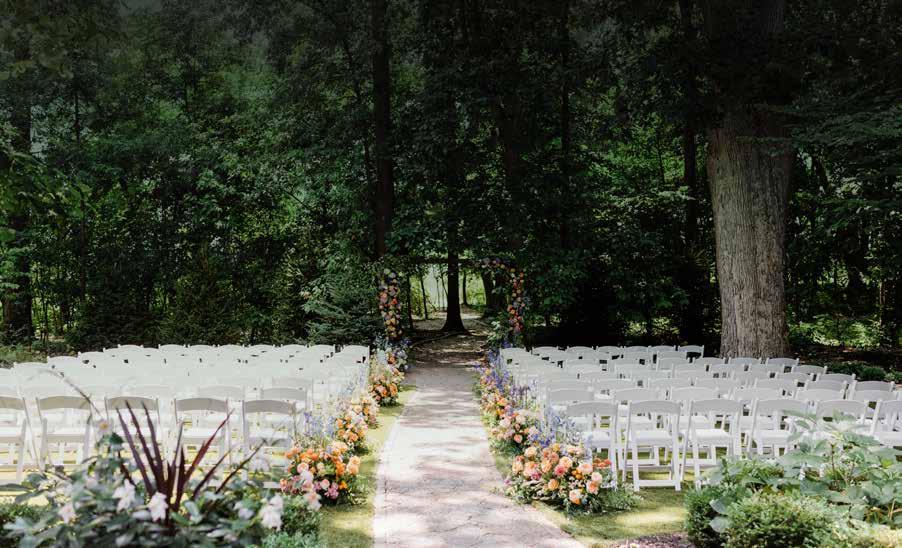
Awhimsical garden, a cozy firepit, and an intimate vineyard are only some of the incredible features of Brookshire, central Ohio’s premier wedding & event venue located in Delaware. Brookshire is your destination for any intimate or grand celebration, boasting breathtaking views on five private acres with both indoor and outdoor spaces.
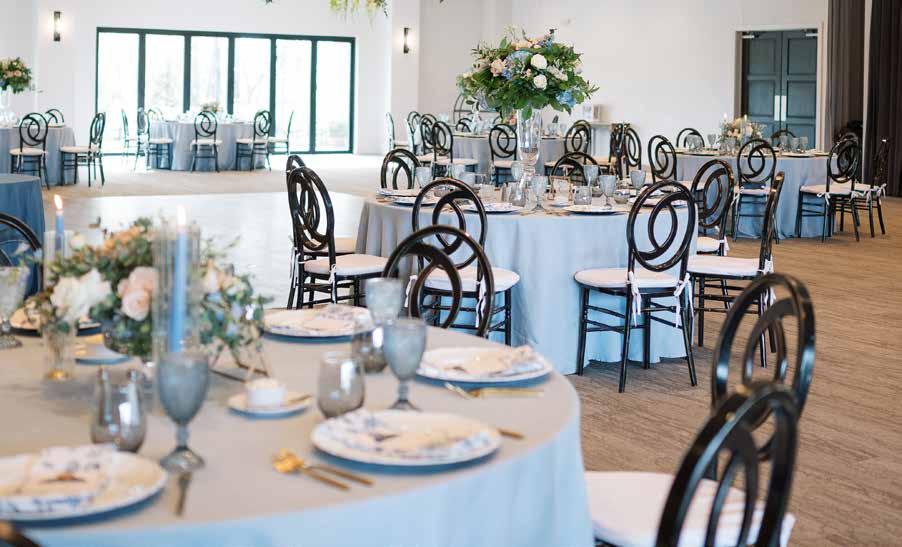
Inside, the expansive ballroom accommodates up to 300 guests, complete with a central dance floor, floor to-ceiling moveable walls, and abundant natural light. The foyer, perfect for a sophisticated cocktail hour, includes an optional full bar, enhanced by the soothing sounds of a nearby waterfall. For indoor ceremonies or events, a spacious area with large windows and tree-lined views provides a natural, serene backdrop. Modern, private suites ensure a seamless preparation experience, whether for a dream wedding or pivotal presentation.
Outdoors, the charming garden, the curated ceremony lawn, the micro-vineyard, and the foliage-lined wooded path offer a picturesque setting for any ceremony or occasion.
Although guests may feel as if they’re miles away from civilization, Brookshire is conveniently located just ten minutes from dining, entertainment, and lodging in the Polaris area.
Any occasion or event is fully customizable, allowing guests to simply enjoy their day, their way.

If being on the water is a must-have for your wedding or event, The Cove at WatersEdge—located in Hilliard— should be at the top of your list. Aesthetically, The Cove is highlighted by chic, mid-century modern vibes and a touch of industrial charm. The 3,300 square foot (which features multiple other rooms) space includes beautiful marble epoxy floors, a sleek, statement bar and even contemporary chandeliers to add a touch of elegance.
The Cove at WatersEdge also offers floor-to-ceiling glass doors, which means a seamless transition from inside to outside for wedding or event guests. The design of the space incorporates elements of nature—such as custom wood detailing— to emphasize the fluidity between the two as well. And speaking of outside, the venue’s waterfront location means that you can hold your event or event ceremony right beside the water.

While The Cove makes up one half of the WatersEdge building in Hilliard, Lakeview stands as the other. Similar to its counterpart, Lakeview offers a premier waterfront venue for everything from a corporate event to your dream wedding celebration.
Where The Cove boasts a design that feels modern and even slightly industrial, Lakeview opts instead for a classic aesthetic. Massive, 24 foot ceilings make the 225-person venue feel lofty and spacious, and the venue’s two-story fireplace adds a layer of coziness to the space’s timeless vibes. A beautifully wood-paneled suite on Lakeview’s second floor furthers this.
Like The Cove, Lakeview allows you to hold everything from a business event to your dream wedding ceremony in timeless style.
by
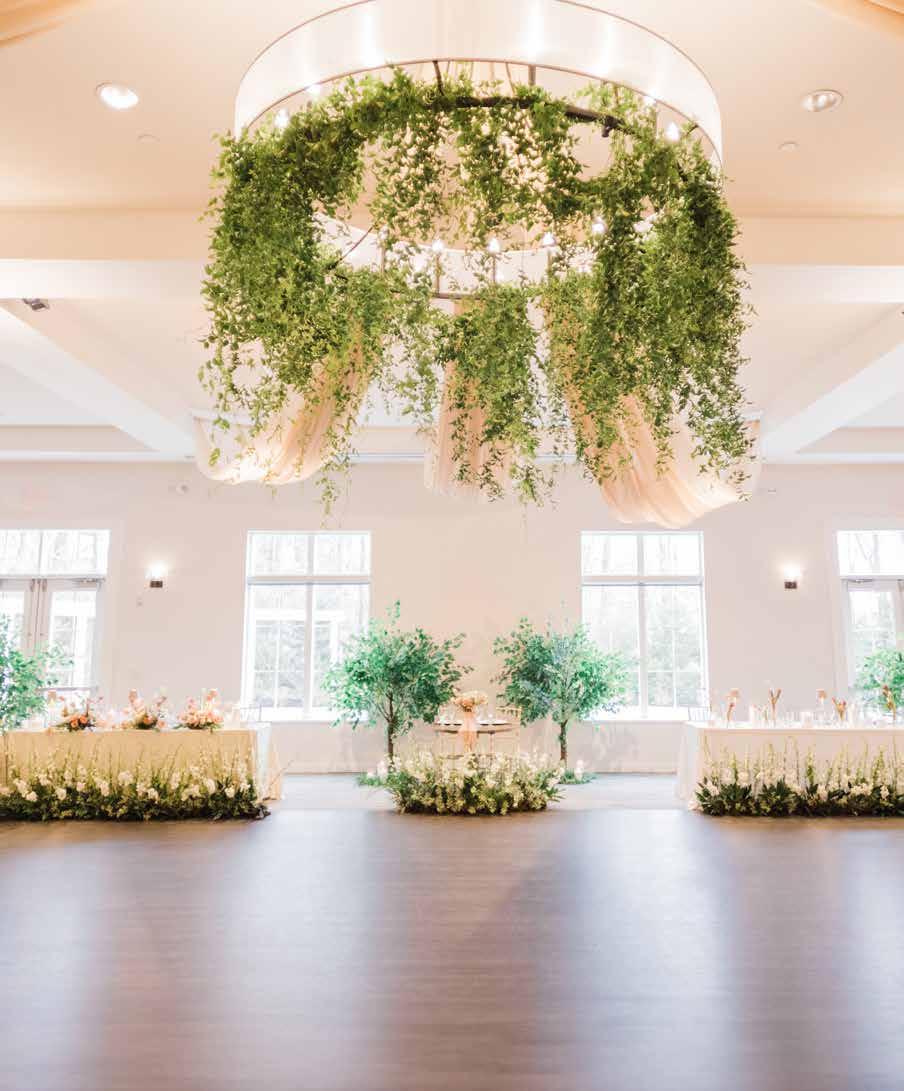
Nestled on five acres of a serene wooded nature preserve at 5216 Forest Dr., The Estate at New Albany’s tranquil surroundings and secluded location offers an idyllic setting for your special day.
The Estate exudes romance with its inviting foyer featuring a stunning fireplace and vaulted ceilings. The light, neutral decor provides a versatile canvas, allowing guests to personalize the venue to meet each specific vision. Its adaptable spaces seamlessly transition from an all-day meeting, to an elegant awards dinner, or a beautiful wedding, and a lively reception.
The Great Hall, a 4,500 square foot ballroom, provides a modern, spacious setting for up to 350 guests. Large windows flood the room in natural light, offering a peek outside to the surrounding nature preserve. The intimate dance floor and sleek, in-house bar make this an ideal venue, rain or shine.
Enchanting twinkling lights and lush trees line the outdoor ceremony space of the Main Patio, which features a charming pergola and dance floor, celebrating the night away under the foliage and stars.
The accommodations and options at The Estate are completely customizable, with all-inclusive packages offering a turn-key, stress free experience. Everything from the floral centerpieces, to the wedding cake, to the goblets at the table setting are thoughtfully arranged.
Conveniently, guests of the wedding can easily walk five minutes to the closest lodging and local restaurants. For those who may need to pick up lastminute essentials, Easton Town Center is a short ten minute drive away.
Photo by A James Visuals
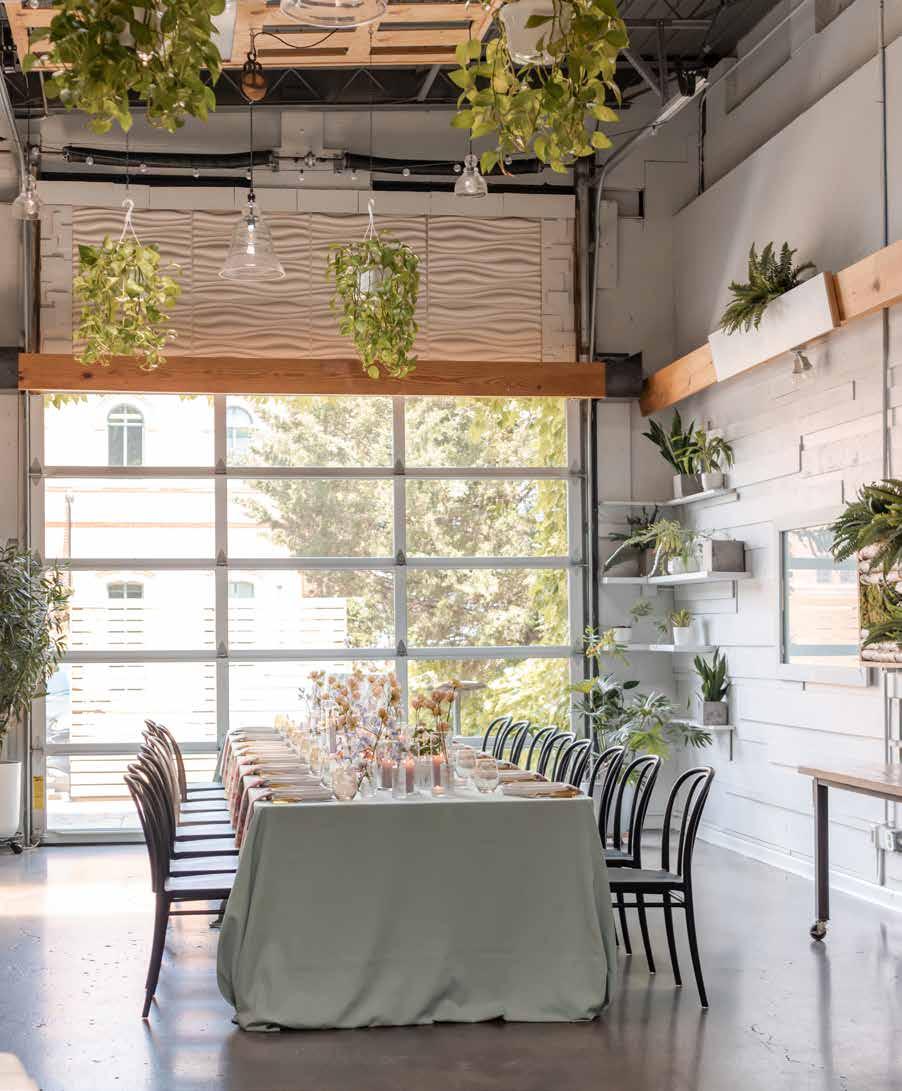
For the city dwellers, Vue’s modern space located downtown in the Brewery District offers an urban experience for couples who want a wedding that’s timeless, yet on-trend. The chic wedding venue holds up to 200 guests, and it’s ultra versatile, with customizable settings like a scenic patio or separate cocktail room.
Not to mention the on-site suites, allowing couples and their accompanying parties to all get ready for the celebration together.
The picture opportunities are also a huge attraction for this venue – with it being a short walk from Downtown Columbus, and right in the heart of the historic Brewery District, unique photo opportunities are endless.
Even though it’s close to Downtown, parking is no problem for your guests. The adjacent parking lot ensures everyone arrives on time. Other extra features include an HD projector, a dedicated loft for wedding parties, and experienced coordinators who strive to accommodate your every need.
Ultimately, Vue is more than just another venue. Their all inclusive package includes fresh floral centerpieces, a customized wedding cake, a DJ for a 5-hour reception, full catering, a fully customizable bar, full length table linens with approximately 80 color options, refreshments, a full service staff, tables, flatware, goblets, and chairs, and the cherry on top: full set up and tear down.
by
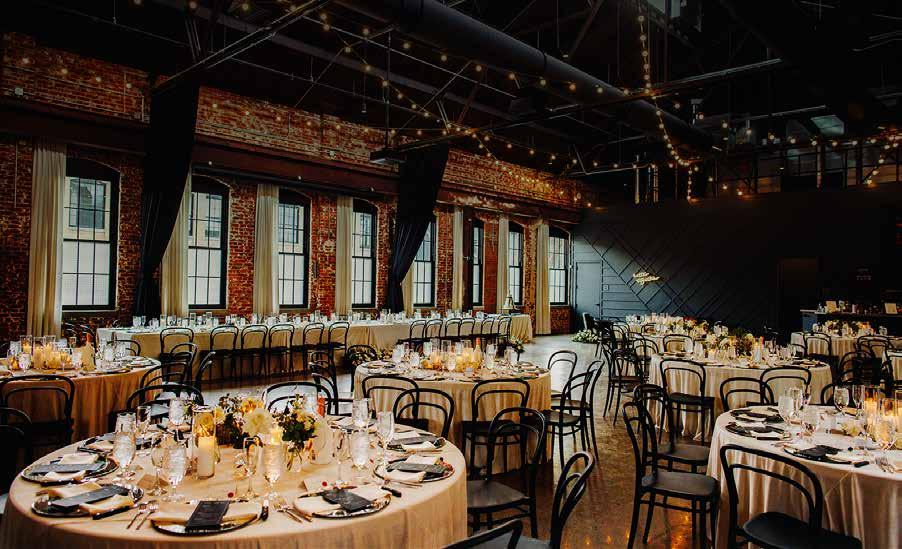
The magic of Italian Village is something most Columbus residents are well-acquainted with, as the Columbus neighborhood blends some of the city’s hottest food and drink spots alongside a full slate of homes that are equal parts historical and beautiful.
The Ellis is a wedding and event venue that captures both the cosmopolitan appeal and timeless charm that Italian Village has to offer.
Located at 777 N. 4th St. (within walking distance of plenty of Short North and Italian Village hotspots, like Budd Dairy Food Hall, Forno Kitchen + Bar and Marcella’s), The Ellis resides in a history-rich building complete with exposed brick both outside and inside, an open floor plan and an outdoor courtyard that blends the space’s classic appeal with modern elegance. Overall, the aesthetic of The Ellis combines chic, historical luxury with a touch of contemporary industrial design.
According to John A. Brooks, managing partner of BTTS Events, The Ellis pays tribute to both his own cultural roots, in addition to those of Italian Village as a whole.
“I am a third generation Italian American,” said Brooks. “My great-grandparents, along with millions of other Italian immigrants, came to this country through Ellis Island in the early 1900s. As our Italian Village venue continued to grow, we realized a need to update the name to capture the Italian roots that are at the heart of the space and surrounding neighborhood.”
The open floor plan of the Italian Village space offers a unique flexibility for the venue, making it suitable for everything from business events to weddings and more.
And—as is the case for all BTTS venues—the rental of any of their spaces can be paired with packages to not only ensure your function will be a success, but also that it’s significantly less work for you. Package options include custom floral arrangements, wedding cake and full catering (accented by floor-length linens in 80 different color options), a customizable bar with other standard refreshments, service staff, five hours worth of a live DJ and full venue set-up and tear down, because let’s be real, who has time to be stacking chairs up after you just got married?

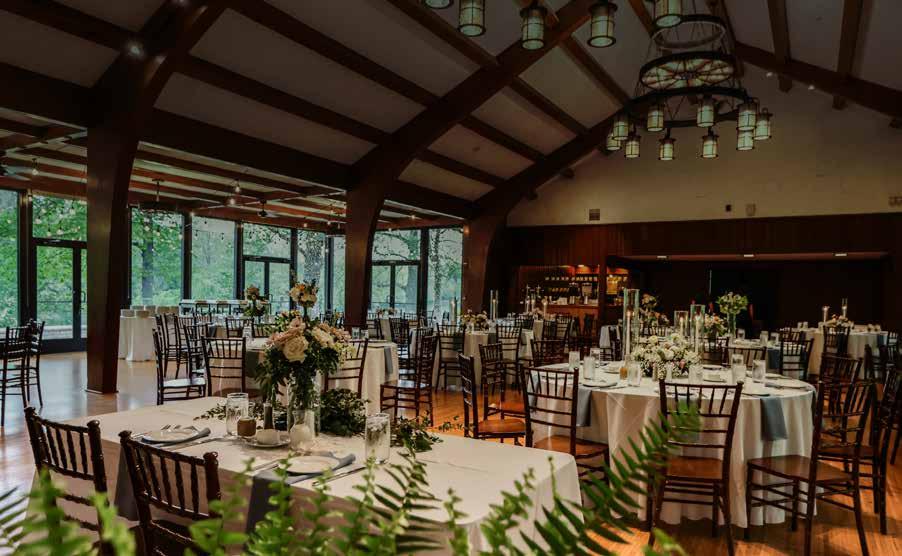
Whoever said getting back to nature isn’t possible without trekking far outside of Columbus has never visited Darby House. Established in 1954, the unique venue is located on a historical local farm, complete with 1,200 acres (yes, you read that correctly) of idyllic land to explore. A winding, fully-gated driveway at the entrance of the venue, alongside 19th century barns and more, ensures privacy and underscores the feeling that you’re–if only briefly–stepping back in time when you visit Darby House.

Owned and operated by the Galbreath family, Darby Dan Farm is, in fact, a functioning farm today, producing corn, soy beans, sod, all while maintaining spotted fallow deer and bison on the property. The family-owned farm is also rich with local history, previously functioning as a thoroughbred training and breeding facility. The farm boasted a full roster of stallions, and even produced an impressive slate of major victories, including two Kentucky Derby winners (Chateaugay and in 1963 and Proud Clarion in 1967), a Breeders’ Cup Classics winner (Proud Truth in 1985) and Little Current, a horse who won both the Preakness and Belmont Stakes in 1974. You can find all of these and more in the Galbreath's trophy room, which is on display to guests.
While Darby Dan Farm has been in the Galbreath family since 1935, Darby House itself was constructed in 1954.
In addition to its sprawling farmland setting, the Big Darby Creek also cuts directly through the Darby Dan Farm, allowing for unique photo opportunities and even more pastoral beauty.
If you’d like your event or wedding to boast the feeling of a private estate that’s overflowing with both history and natural beauty, then Darby House is for you.
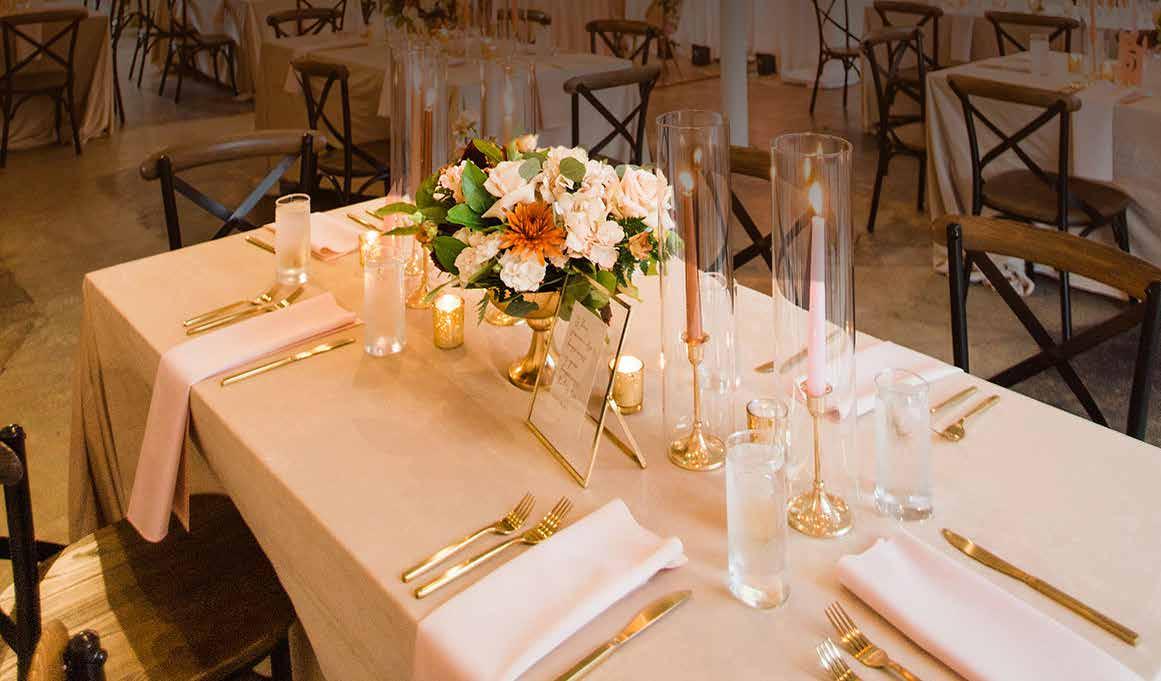

With fresh white walls, exposed brick accents, original concrete floors, and incredible natural light, The FIG Room offers a stylish, openconcept space that’s ready for your own special touch. Located in the Short North Arts District at 17 Brickel St., it’s just steps away from some of the coolest parts of Columbus, too.
With this venue being the smallest location out of the rest, the cozy setting is perfect for weddings and rehearsal dinners on the more intimate side. You’ll truly get to mingle with your loved ones, and you and your partner will be the center of everyone’s attention – exactly how it should be.
Did you know that BTTS has its own, exclusive inhouse catering company? Meet Gourmet Fresh Catering. As a member of the National Catering Association, Gourmet Fresh holds itself to the highest standards in terms of service and food quality. And speaking of food, they offer menus for breakfast and brunch, dinner, hors d'oeuvres and even a full menu for more casual fare.
One of The FIG Room’s most unique features is the Tap Wall! Guests can bring their own favorite kegs, enjoy signature cocktails, or even coffee on tap in their special Tap Room. In addition to the fun drink choices, there’s an on-site kitchen complete with a curated menu.

Fiori Florals Design Studio, the in-house florist for BTTS venues, specializes in weddings, corporate events, and personal celebrations. Fiori blends artistic vision with seasonal and local blooms to design stunning, custom pieces. The studio prides itself on offering personalized service, ensuring each arrangement reflects the unique style and needs of its clients, & making every event unforgettable.

by
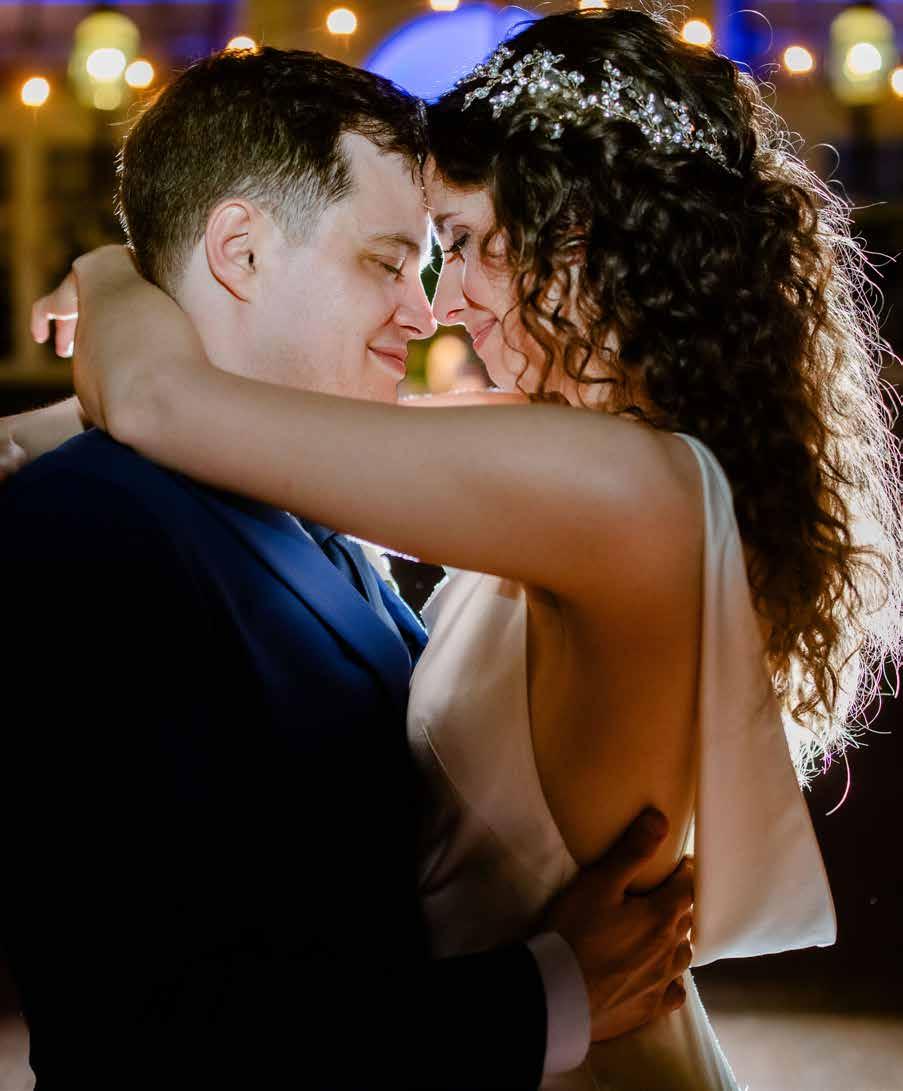
Six Columbus couples tell us why, and how, they said “I Do”
Section Design by Tori Smith
Sharing your special day with your family and closest friends is one thing – but offering the entire city an intimate glimpse into your love story and wedding details is quite another. Thankfully, six Columbus couples are here to unveil their joyful day, highlighting the vendors, venues, and vignettes that led to their happily ever after.
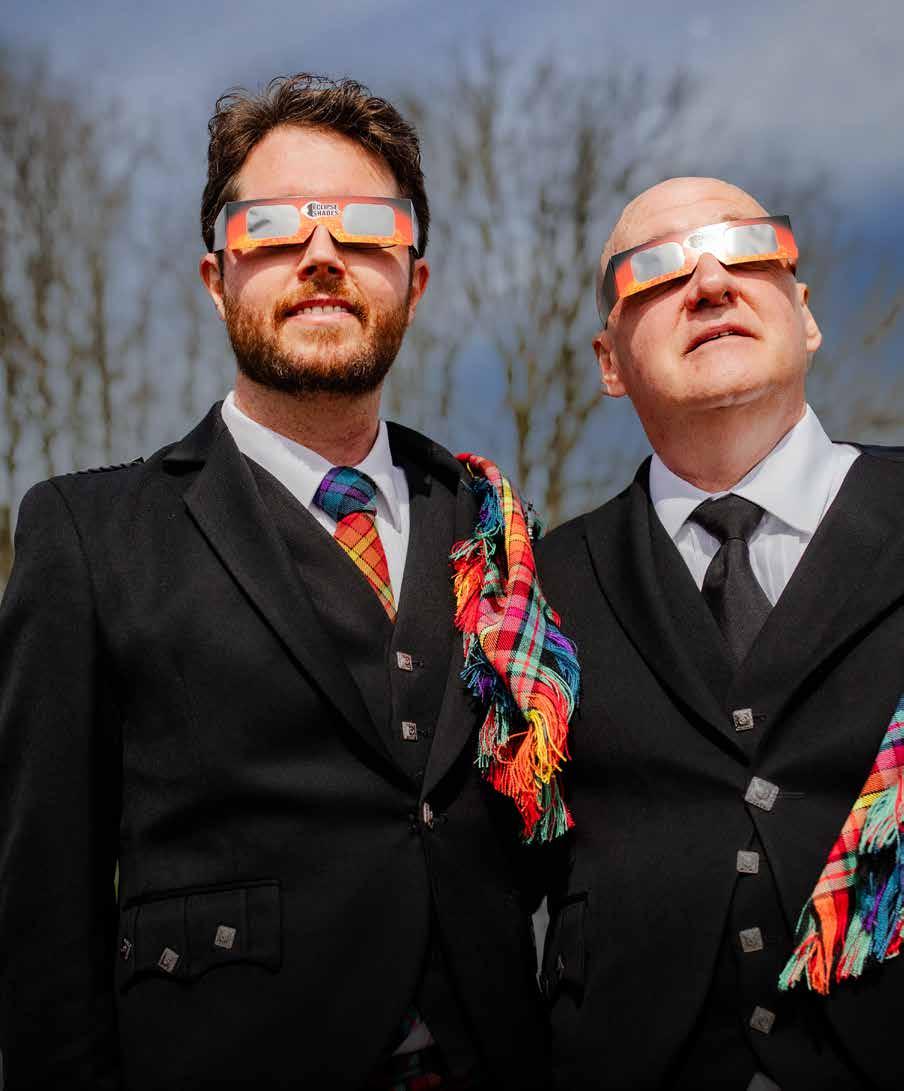
We, as many do these days, met online, and discovered that we both worked for Walt Disney World (WDW). We chatted a few times and then decided to get together for a drink. Our first date was at Jock Lindsay's Hangar Bar at Disney Springs, the shopping and entertainment district at WDW. We soon discovered that we had more than just Disney in common, having both grown up in Ohio and having come to Florida as transplants. We soon found a bond growing and we moved in together a year or so later.
We got engaged at the 50th Anniversary NYC Pride March in 2019, and while life and a pandemic delayed things, we had decided to return to Ohio in 2024 to see the total solar eclipse, and set a date around this.
The plan was to have the wedding on the day of the eclipse (April 8, 2024). It was held at Retreat 21, a beautiful, working farm that offered everything we could have wanted.
The weather did not look good beforehand, but almost miraculously, our wedding day dawned with hardly a cloud in the sky, so we headed (monogrammed eclipse glasses and all) to the venue.
As the sun began to eclipse, our guests filtered out to the deck of the pond, where we had chairs and loungers and music playing, and the ceremony that the cosmos was providing began. As the sun returned into the sky, we moved through the crowd, inviting everyone to join us as we said our vows during a (mostly) traditional Celtic hand-fasting with a silk cord that we braided from the six colors of the Pride flag. We ended the night at our cabin, in the hot tub (all of Retreat 21's cabins have their own hot tub and fire pit) with our best men and close friends. To be honest, we could not have asked for a better day!





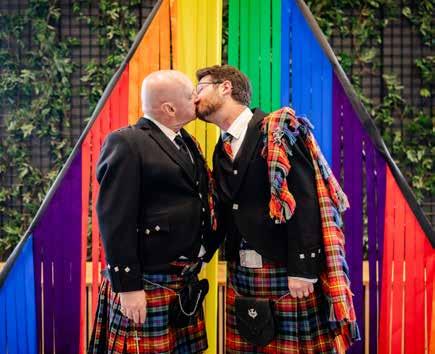

Venue
RETREAT 21
AMY ANN PHOTOGRAPHY
Catering
HUDSON'S EDGE
Jeweler
VICTORIA JEWELERS
JEFFREY WALLACH
THE CELTIC CROFT
Music
KELLIANNE ROSENTHAL OF KATYE KELLYE AND THE INTERRUPTION
MIKE AND ALLEN'S PLACE ON THE PARK
Rehearsal Dinner
BARCELONA




We met our freshman year at THE Ohio State University, in Drackett Tower. To be exact, we met during the first weekend of school. From that point on, we had a close friendship and eventually started dating in October of 2013, becoming inseparable. The question then became “When would we eventually tie the knot?” The Ohio State University will always have a significant place in our hearts, especially since that is where we got engaged on October 29, 2021, after being together for almost eight years.
The Columbus Zoo and Aquarium has been a special place for us, too. We made an effort to go out to the zoo at least once a year. In fact, it became a way to celebrate coming back together while living apart during internships and post-graduation. So when it came time to pick a venue, there was only one clear choice in our minds: The Columbus Zoo!
“2-4-6-8, that is our wedding date!” became the chant and invitation to our wedding on June 8th, 2024. We had our first look on the skywalk at the Hilton Downtown Columbus, and then we headed to the Zoo to take pictures (with any of the cooperating zoo animals). Afterward, Grace made her way down the aisle, toward a herd of giraffes and the love of her life. Even after our longawaited union, the most exciting part of the day was what happened right after the ceremony. During the cocktail hour, the guests were able to feed the giraffes, see Otis the screech owl (Grace’s favorite), and pet the beloved Anchovy the penguin! Seriously, we still hear about ‘Chovy’ more than anything about the wedding.
Next, the guests sat down for the reception, surrounded by beautiful lavender and sage flower arrangements accented by gorgeous sunflowers. After a few speeches and an unforgettable dinner, the evening continued on with dancing accompanied by a bubble machine. It was a night to remember!
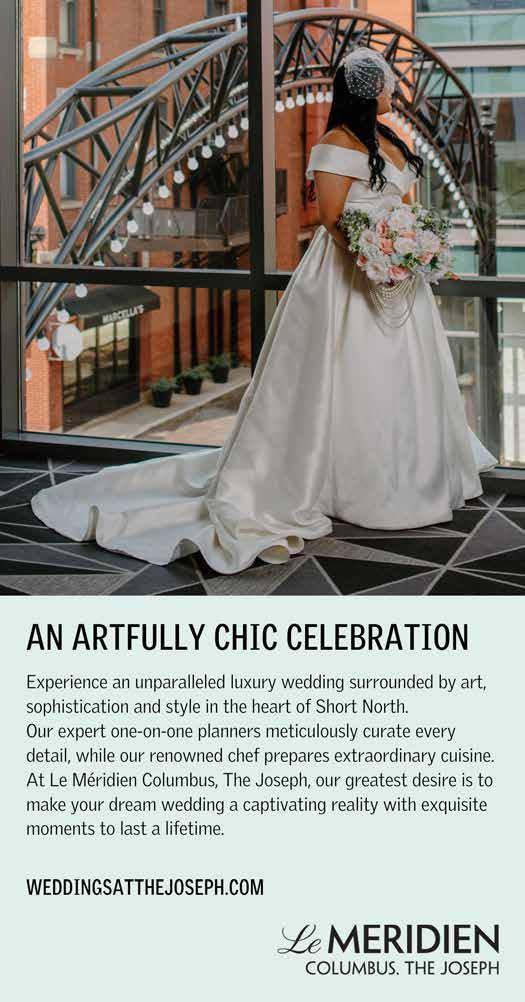


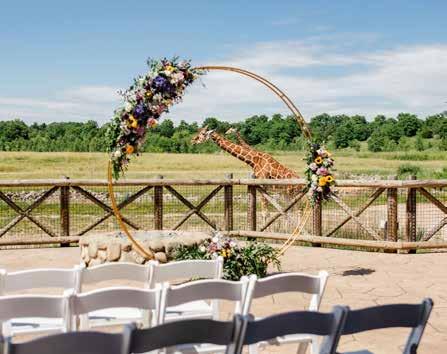
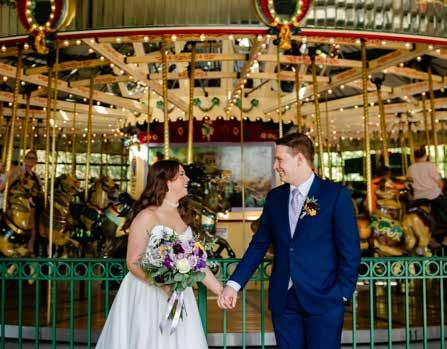
BOTANICA FLOWERS
COLUMBUS ZOO AND AQUARIUM (SSA GROUP)
Cake
KITTIE'S CAKES
BUCKEYE DONUTS
Attire KLEINFELDS (RITA VINIERIS)
Jeweler
WORTHINGTON JEWELERS
Hair
JENNIFER KING
Makeup
STATE OF FACE
Music
BUCKEYE ENTERTAINMENT
Planning
CW&CO.
Transportation
WRIGHT
PARTY BUS
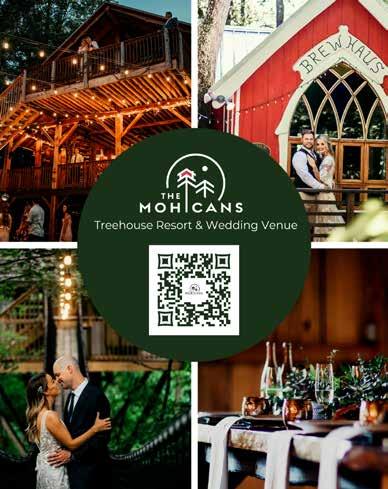


The location of our first date was decided over a mutual appreciation of good beer and great food, in January of 2018. After realizing we had more in common than just a love for Columbus breweries, we continued to try new restaurants, games and activities. When Avi started a job that required him to relocate to Indiana, we decided to give long distance a try after only dating for three months. Traveling back and forth from Columbus, Ohio to Columbus, Indiana, we found new restaurants, adventures, and a deeper love for one another.
For some couples, being isolated at home by the COVID-19 pandemic was a challenge, but for us, it quickly became a blessing in disguise. We no longer had to endure a long distance relationship! Then in early 2022, Avi accepted a job which allowed him to move to Columbus...Ohio this time. In December of 2022, we got engaged surrounded by the beautiful plants at the Franklin Park Conservatory, and wedding planning for not one but two weddings began!
We married first in an early morning traditional South Indian ceremony on a sunny November day. Surrounded by family, friends, and Hindu traditions, we “tied the knot” at the Sri Venkateswara Hindu Temple of central Ohio in Delaware. The wedding was full of colorful decorations, tasty Indian wedding food, and a blending of families and culture…all before 10 a.m. On the following Saturday, we celebrated our U.S. wedding ceremony and reception at Highline Car House, calling it the “biggest friendsgiving we’ve ever had.” The evening ceremony was beautiful, followed by delicious food and an unforgettable dance party! We truly felt the love of all our family and friends throughout our weddings!




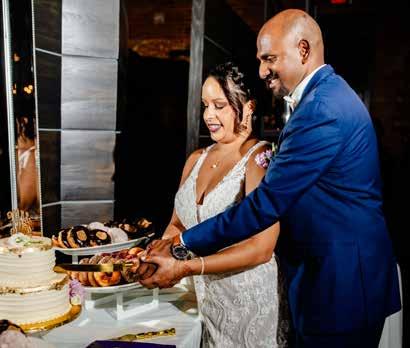
Venue
HIGHLINE CAR HOUSE
Catering
TOGETHER & CO
Videography
SAMANTHA MARIE VIDEOGRAPHY
Photography
AMY ANN PHOTOGRAPHY
Donuts
BUCKEYE DONUTS
Cake
OUR CUPCAKERY
Photobooth
PARTY PLEASERS SERVICES
Music
PATRICK WATKINS, D&M ENTERTAINMENT
Transportation
XTREME LIMO
Dress
WENDY'S BRIDAL
Planning
KENDALL MAHON COORDINATION
Jeweler
WORTHINGTON JEWELERS

Photography
AMY ANN PHOTOGRAPHY
Videography
SAMANTHA MARIE VIDEOGRAPHY
Planning
KENDALL MAHON COORDINATION
Venue, Catering, Florist, Decor
BOTANICA FLOWERS


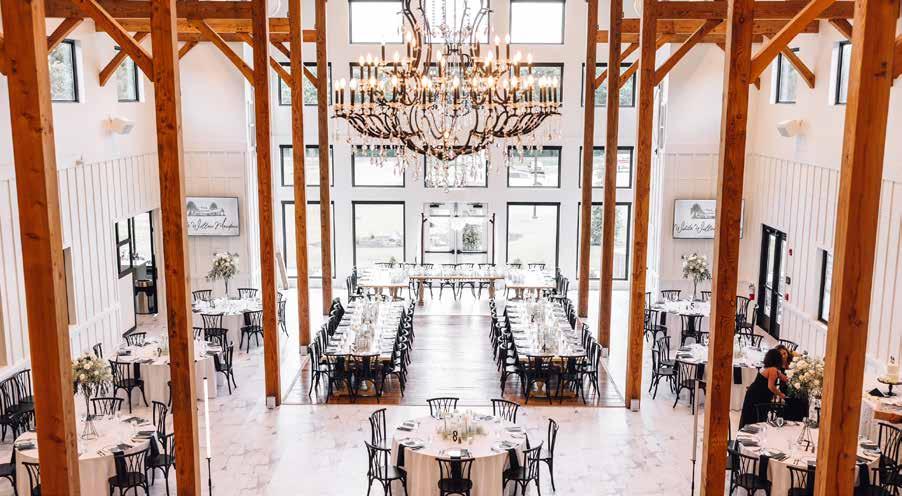


there is plenty of space for everyone.
Just a few steps from the Main Barn you'll discover the Dairy Barn, a historic structure from the early 1800s that has been transformed into a luxurious AirBnB. Sleeping up to 14, this renovated farmhouse includes four bedrooms, four full baths, multiple bar areas, a full kitchen, and an expansive upstairs lounge which opens onto a large deck. "Every detail of the Dairy Barn is thoughtful and unique," says Norman. "From the custom made table which seats 20 and was created by an artisan in Tennessee, to the reclaimed hardwood floors, we wanted this building to offer a truly elevated experience. It can be used to stay on-site both before and after your wedding, as well as providing a fun and intimate location to host your after party."
White Willow Meadows seeks to take the stress out of wedding planning, offering couples a truly all-inclusive venue, where every element has been carefully curated. For those who prefer to bring their own libations, White Willow offers a BYOB policy. They also offer a hand-selected list of preferred vendors for both food and drinks, but outside vendors are allowed as well.
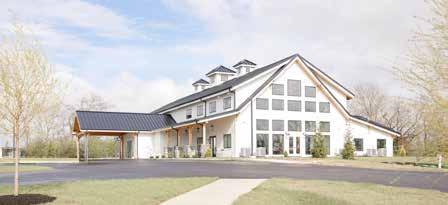






and unique wedding locales in Ohio. "We want couples to have the event of their dreams, which is why we offer plenty of options and flexibility," says Norman. "We work with you so that you can relax and enjoy your day knowing that every detail has been taken care of."
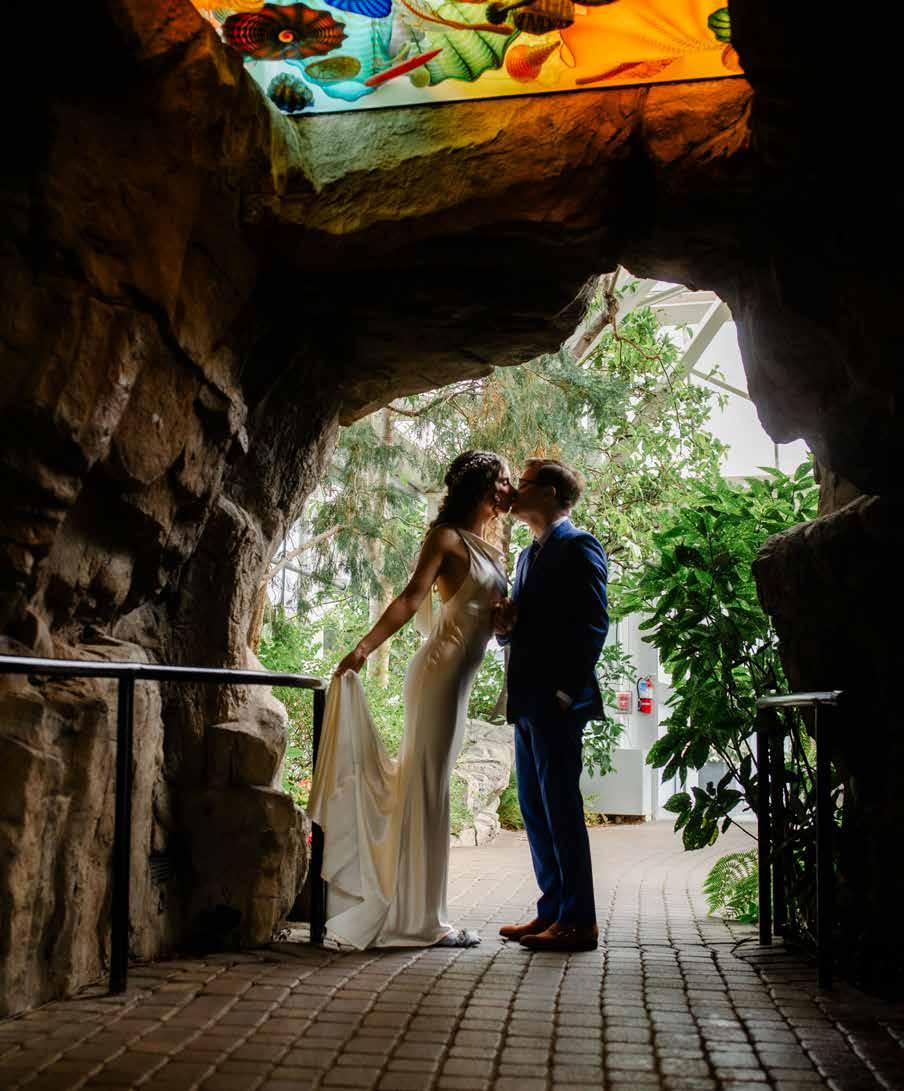

We met on Bumble on a crisp, fall day in 2017 and spent our first date perched in the giant peacock chairs at The Bottle Shop (the chairs may be gone, but we still love The Bottle Shop). We originally decided to “just be friends,” and moved in as roommates in the summer of 2018. But then, we fell in love and started dating over cocktails and homemade pizza, shared on our picturesque back patio in German Village.
Ernie knew he wanted to propose to Sarah the moment she rescued their first cat, Susu, from the hood of a car. Sarah knew she wanted to marry Ernie after spending many cozy Saturday mornings together, reading and baking. Ernie proposed in a romantic forest in the central Loire Valley during the month they spent wandering throughout France in 2022.
We tied the knot on June 1st, 2024 in a stunning wedding at Franklin Park’s Palm House surrounded by our family and friends. We built our ceremony around custom vows that reflected our deep love, partnership, and respect for each other. We hand-wrote our vows in a small, handbound book decorated with a hummingbird on the cover. After the ceremony, the guests swept onto the terrace (just missing the coming rainstorm) for custom cocktails, an Aperol spritz for him, and a saturn for her. For our first dance, we chose to dance to Mitski’s “My Love Mine All Mine.”
Post-wedding, when we’re not baking sourdough bread or making a multi-course dinner for guests, you can find us cuddling our cats, strolling around Schiller Park, doing yoga at our local studio, or perusing seasonal produce at the German Village farmers market.



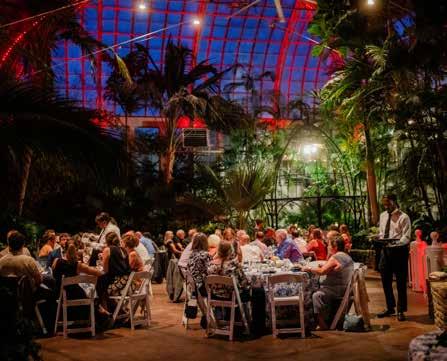

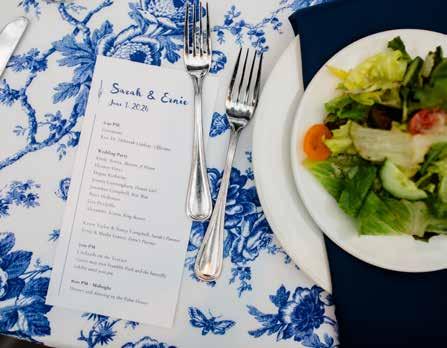
WILD PRAIRIE FLOWER FARM
Photography
AMY ANN PHOTOGRAPHY
Catering
CREATIVE CUISINE
Desserts
SELECTION OF DESSERTS FROM PISTACIA VERA
Attire
CUSTOM SUIT FROM INDOCHINO
Dress
ALEXANDRA GRECO FROM LOVELY BRIDE CINCINNATI
Venue
THE PALM HOUSE AT FRANKLIN PARK CONSERVATORY
Jeweler
RINGS WERE MADE + DESIGNED BY ARAN GALLIGAN OF AIDE-MÉMOIRE
JEWELRY IN SEATTLE

Planning
JENNIFER DREW AT STR EVENTS







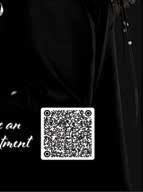
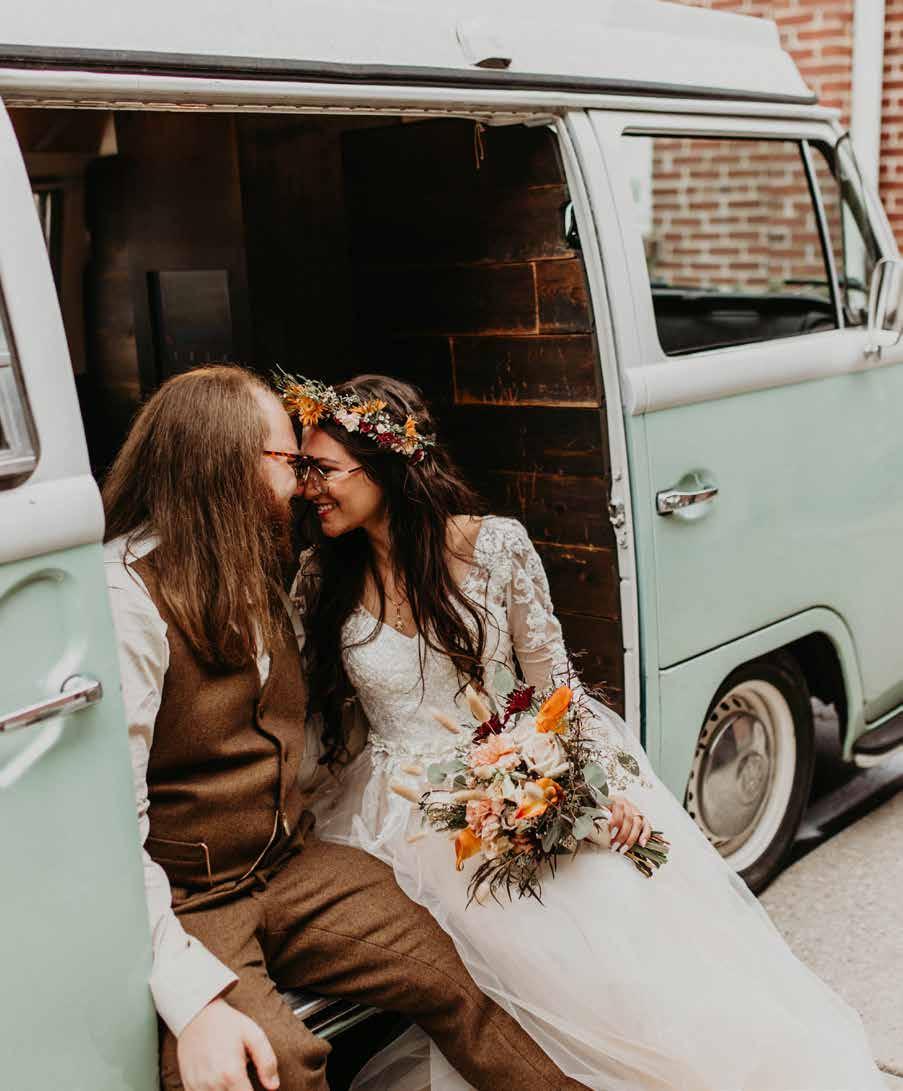
We met in sixth grade over our shared love of The Beatles. Wesley played “Here Comes the Sun” at a camp we were attending, and Caroline knew she had to be his friend. Over the years, they were in choirs and school musicals together, but drifted apart when Wesley moved to Cleveland for school. When our mutual best friend Skylor lost his battle with brain cancer, we reconnected and began playing our favorite songs at open mic nights alongside Wesley’s sister, Julia.
It was not long before Caroline told Wesley she had feelings for him, and trips to Cleveland to see his band (The Fifth House) became more and more frequent. In 2021, shortly after Caroline joined The Fifth House, Wesley proposed while hiking through Hocking Hills. The wedding planning involved designing custom suits and learning traditional Greek dancing.
Our wedding day (Sept. 10) began with lots of snacks while getting ready. We had our first look in the old church bell tower at Meekers Venue in Delaware, followed by a short ceremony officiated by family friend Mike Sharron. There was a 4-course Italian dinner from The Berwick, which has catered many of Caroline’s family’s weddings for 50 years. Wesley’s uncle, Chris Kambouris, brewed a custom beer for the couple, a lavender and cardamom ale. Following tradition, Caroline’s grandma and aunts made cookies for the guests to take home. Our “cake” was actually three tiers of chocolate ganache brownies, as neither of us are big fans of cake. The evening continued with lots of dancing, including a Greek money dance, where we were showered with dollar bills as family and friends joined the dance. Finally, we rang the old church bell at the end of the night.




THE FLOWERMAN
Catering
THE BERWICK
Cake
BLONDE BOMB BAKERY
Dress
DAVID'S BRIDAL
Bridesmaid Dresses
BIRDY GREY
Attire
STUDIO SUITS
Jeweler
ASHCROFT & OAK
Venue
MEEKERS VENUE

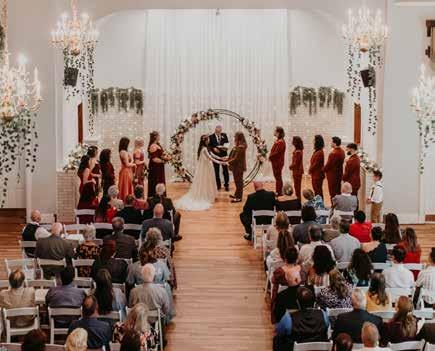
Custom Beer
BASCULE BREWERY
Photobooth THE SHUTTERBUS
Photography
ABBY LEWIS (BURLILE) FROM CAPTURED PHOTOGRAPHY
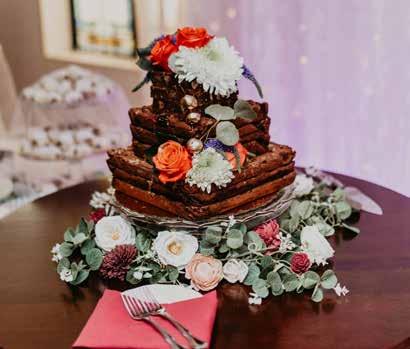


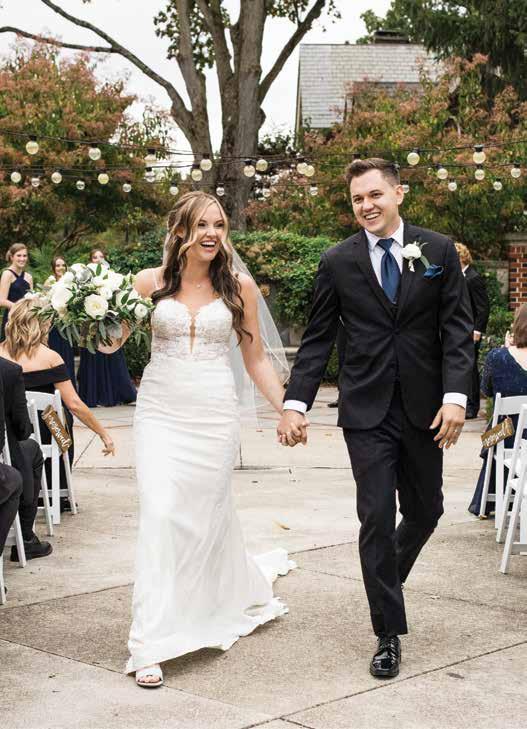
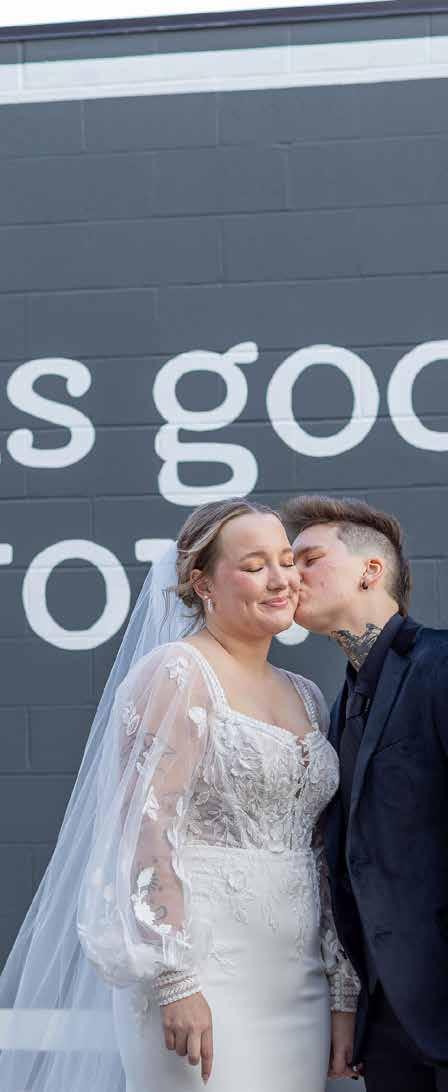

Brook and Amber first met in elementary school and were friends for a few years. We lost touch until our freshman year of high school (2016), where we had art class together. We were flirty with each other, but Amber ended up moving to be homeschooled a few months into freshman year. Summer came around and Brook saw her profile on Twitter, and decided to randomly send her a DM. She didn’t reply, so a week later she messaged her again, and finally heard back!
The rest is history. We fell in love after hanging out for a few weeks. We have been inseparable since. Amber asked Brook to marry her in 2020, surrounded by a bunch of their closest friends, and we began wedding planning over the course of four years. With COVID and finishing college, it was definitely a long engagement!
We wanted our wedding day to be intimate and fun, and just be able to celebrate our love surrounded by people who truly cared about us and have supported us in our eight year relationship. It was the best day, very low stress for a wedding, and that’s how we wanted it. We tried to go with the flow as much as possible, and wanted it to be a night to remember for everyone! It was a perfect day; it was sunny and surprisingly not very cold for a February day, which we thought was fate. We got to spend time with each other and everyone that loved us. It was a day that we will talk about for the rest of our lives and be able to show wonderful pictures to our future kids!

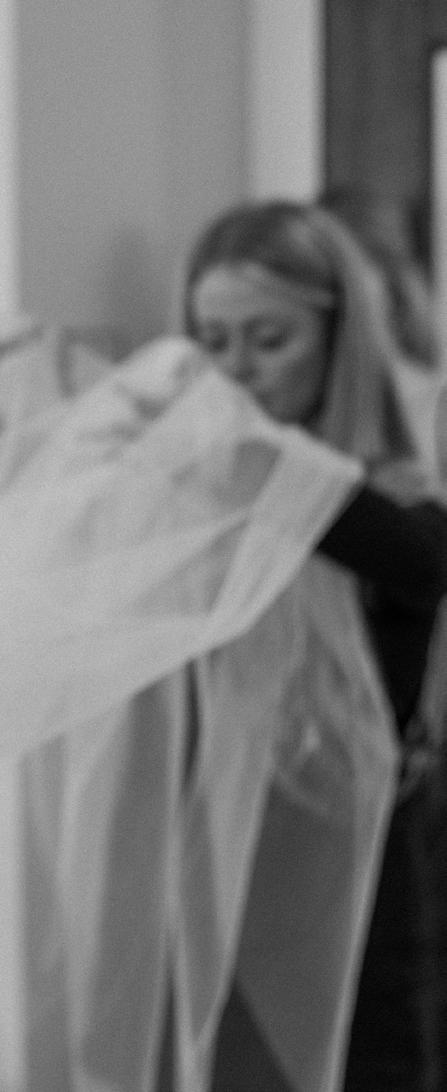


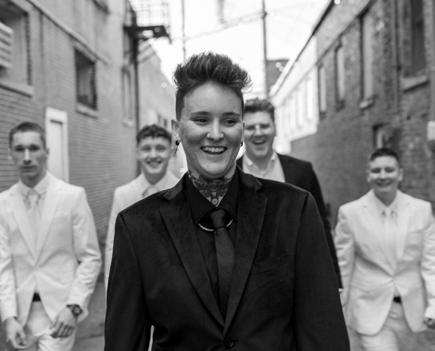
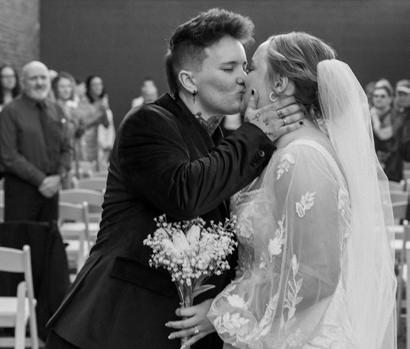
Photography
EMMA MCLAUGHLIN
Venue
THE BRICKYARD ON MAIN
Catering
CITY BBQ
THE PASTRY BAR
Cocktail Hour Food
THE BOARD BEE
Music
FRANKYFRANK
Hair
ABIGAIL WILDER
Dress
WENDY'S BRIDAL
Jeweler
KAY JEWELERS
Florist
AMBER! SHE AND HER BRIDESMAIDS MADE ALL OF THE BOUQUETS TOGETHER.




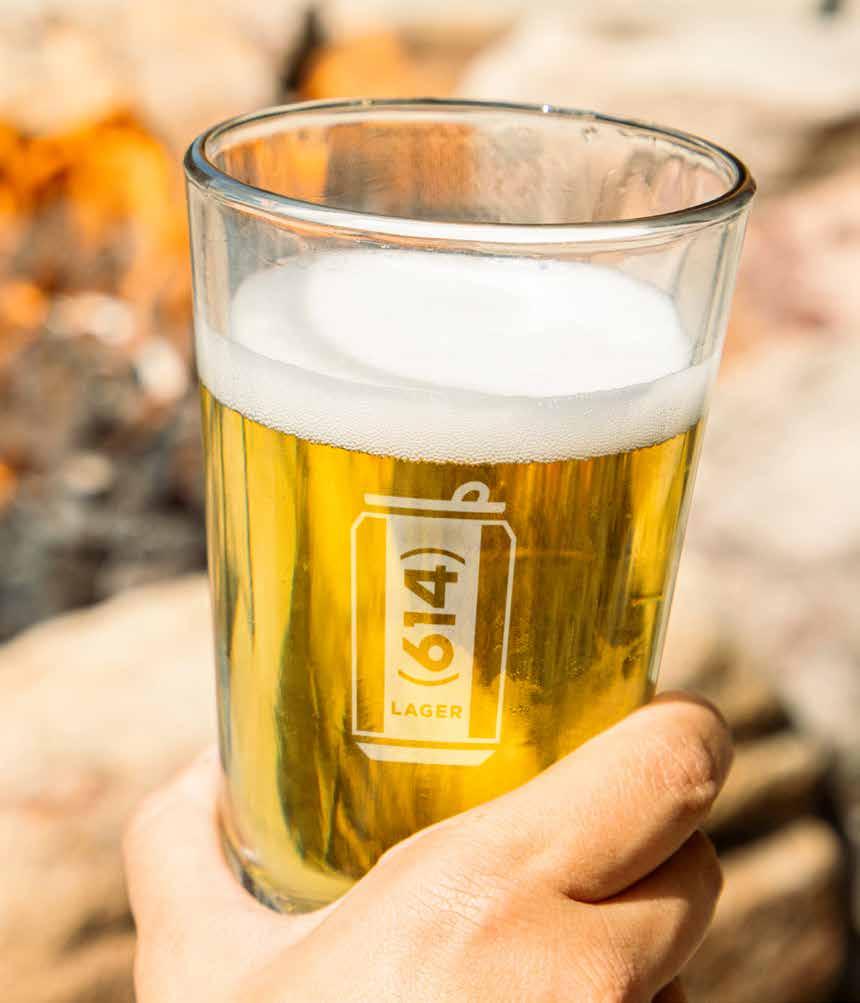

Don't
Get Stabbed! Don't Get Stabbed!
How Columbus resident Jordan McLaughlin created a horror-based board game that has taken on a life of its own


By Melinda Green / Photos by Aaron Massey
Jordan McLaughlin didn't set out to be a board game developer.
But, as often happens in life, an unexpected passion seemed to choose him.
"I've always kind of been the weird, creative one in my family," he said. "Like, when I was a kid, I used to write plays and make my cousins do them. They were always saying 'You should do something creative.'"
But he didn't. Instead, he pursued marketing and political consulting—sensible, everyday jobs.
Then, one night in 2018, McLaughlin and his husband, Alex, were at a cousin's house for a game night. "My cousin leaned over and just whispered in my ears. She's like, 'You know, you should like make one of these card games,'" he recalled. "And it just sparked this thing in my head. My husband was driving me home because I had had a couple drinks, and I figured out exactly what I wanted to make before we even got home. I already knew the general idea, the theme, the name."
McLaughlin, a horror movie fan, had watched Scream two days before and already had the horror theme on his mind. "I was like, 'Oh, like, you can do tension in this, and I can make that work, in a horror themed game.'" →

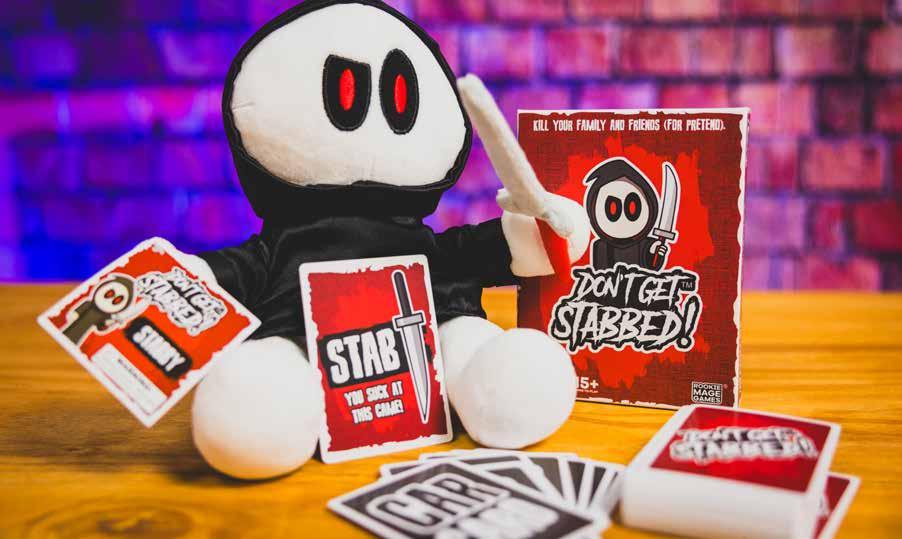
He called his game Don’t Get Stabbed! "I like to describe it as somewhere in between Scooby-Doo and South Park, because I wanted to make a game that would appeal to people that like horror movies but that also was approachable to people that don't like that as much," he continued. "There's plenty of horror games out there that are covered in blood on the box and everything. I didn't want anything like that. I wanted something that was kind of more funny but still had the horror vibe to it. So I tried to walk that weird fine line."
The next day he ordered a bunch of blank playing cards and magic markers from Amazon and went to town building his game. "And then about two weeks later, we went back to my cousin's house with the cards that I had drawn on to play the game. I had made the first version of it," he recalled.
Over the next few months, McLaughlin polished his first draft and started his go-to-market plan.
"I knew that I wanted to go to Kickstarter for it. Kickstarter's huge in the board game world," he said. He knew his marketing background would be a huge asset in getting the Kickstarter set up and funded, but he had one big challenge in his path—the illustrations.
"I didn't know how to do illustrations and I couldn't afford an illustrator," he admitted. "So what I would do is, after work, I would drive to the Westerville Public Library and set up my computer and teach myself Inkscape illustration software, watching YouTube videos until I was able to do all the illustrations myself.
The game itself is quick to play and based on horror movie tropes. "Not just Scream; there's things that happened in Friday the 13th, Nightmare on Elm Street, Halloween. All of those movies kind of have these tropes that they make fun of—like, you can't say

'I'll be right back' because of course you won't be back. You can't wander away and get lost in the woods and think you're going to be fine. I'm making fun of those tropes."
Like the movies, one player is the killer and the others are the potential victims. The killer has special powers (like setting traps and stealing cards) and a goal to stab victims three times to remove them from the game. If the killer removes all of the victims, he or she wins. But victims can also team up to escape the killer and win.
And how is the killer selected? "Whoever's the most evil," McLaughlin said, laughing. "Normally, everyone just points at someone. Everyone knows who it is. And after that, they all take turns."
Don't Get Stabbed! became a huge hit, not only with horror fans, but also gamers. And, McLaughlin notes, his biggest customer demographic is women between the ages of 25 and 45. "It's a weird kind of hodgepodge," he admitted.
The game is now in its second edition, with even better illustrations, and board games have become McLaughlin's full-time job. His company, Rookie Mage Games, also produces Nuns with Nunchucks, Oh Nuts, and the kids' game Portal Potties about—wait for it—wizards who teleport poop.
The job definitely keeps him busy fulfilling orders from Amazon, especially during the Halloween and holiday seasons. He also sells Don't Get Stabbed! at Fear Columbus. And he's happy that he embraced the unexpected.
"It's a profession that's so cool," he said. "It's fun stuff all the time." ♦
To purchase your own Don't Get Stabbed game, visit rookiemage.com or amazon.com
